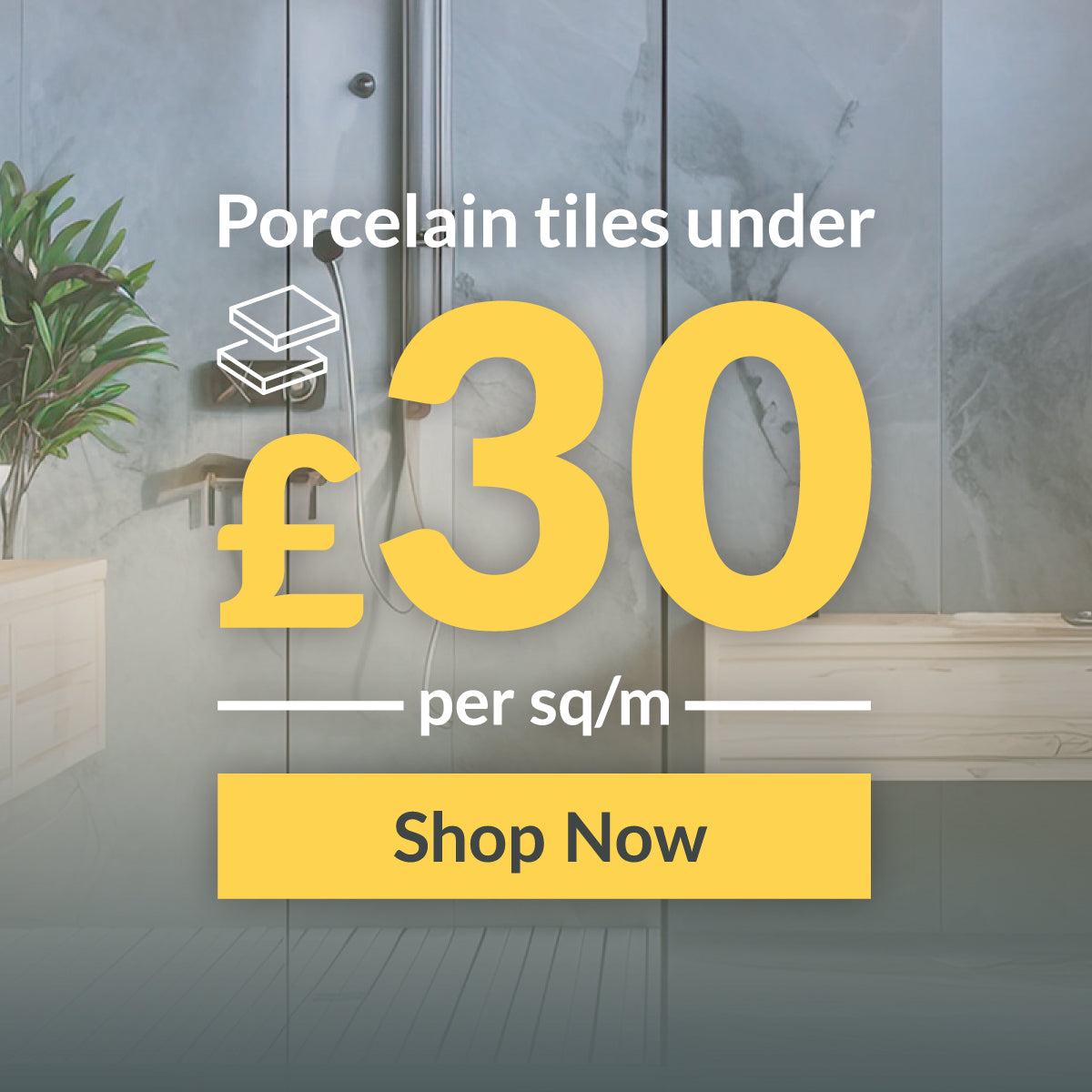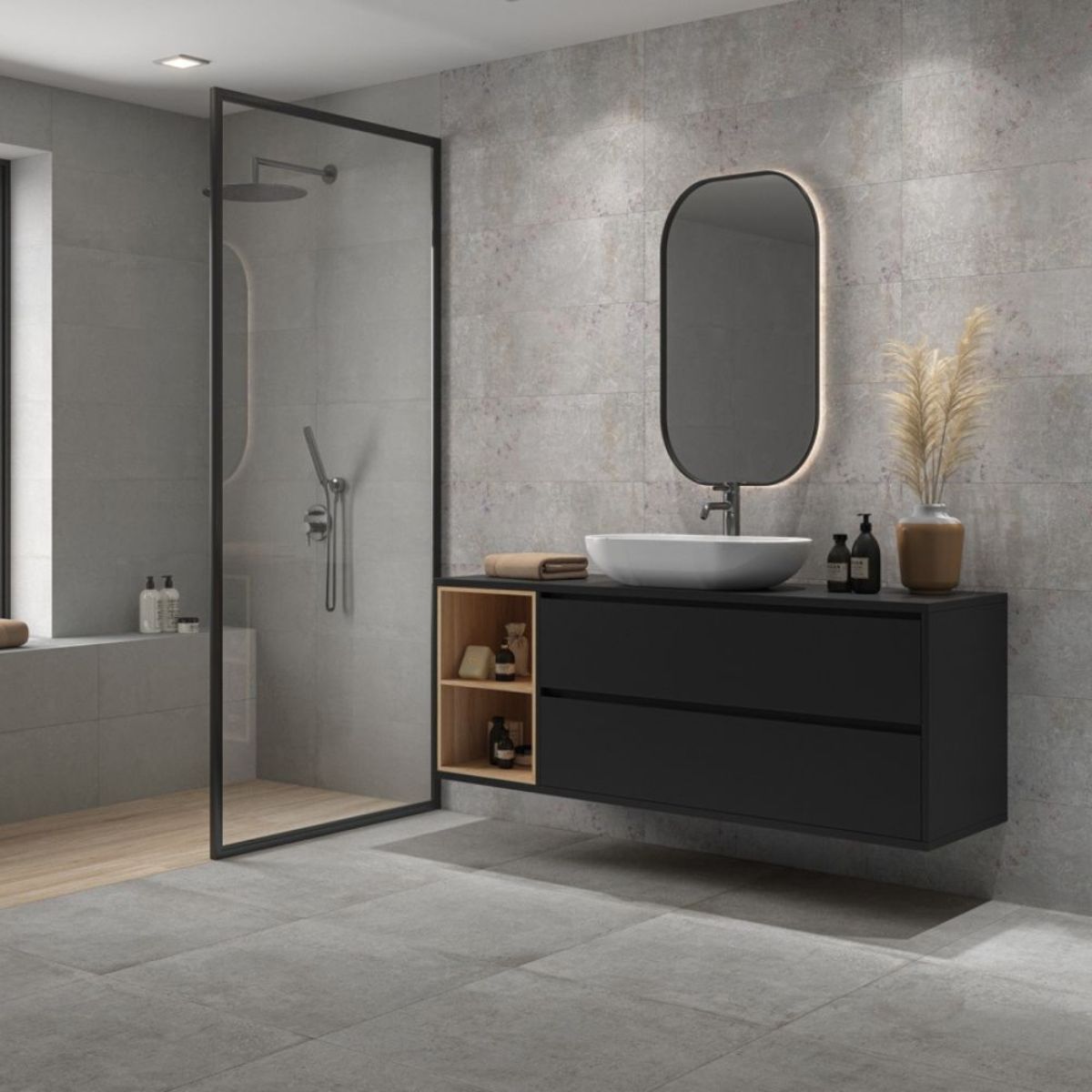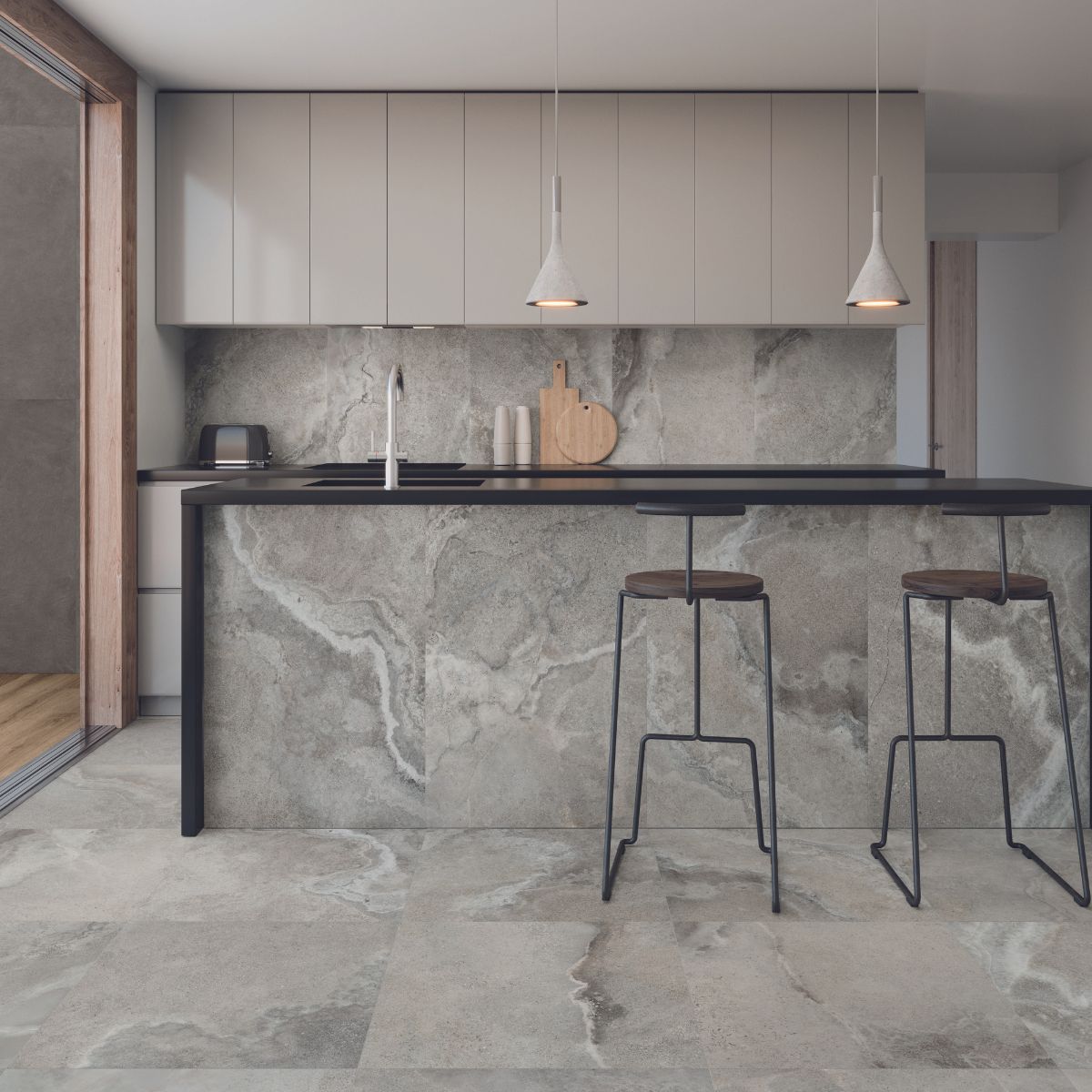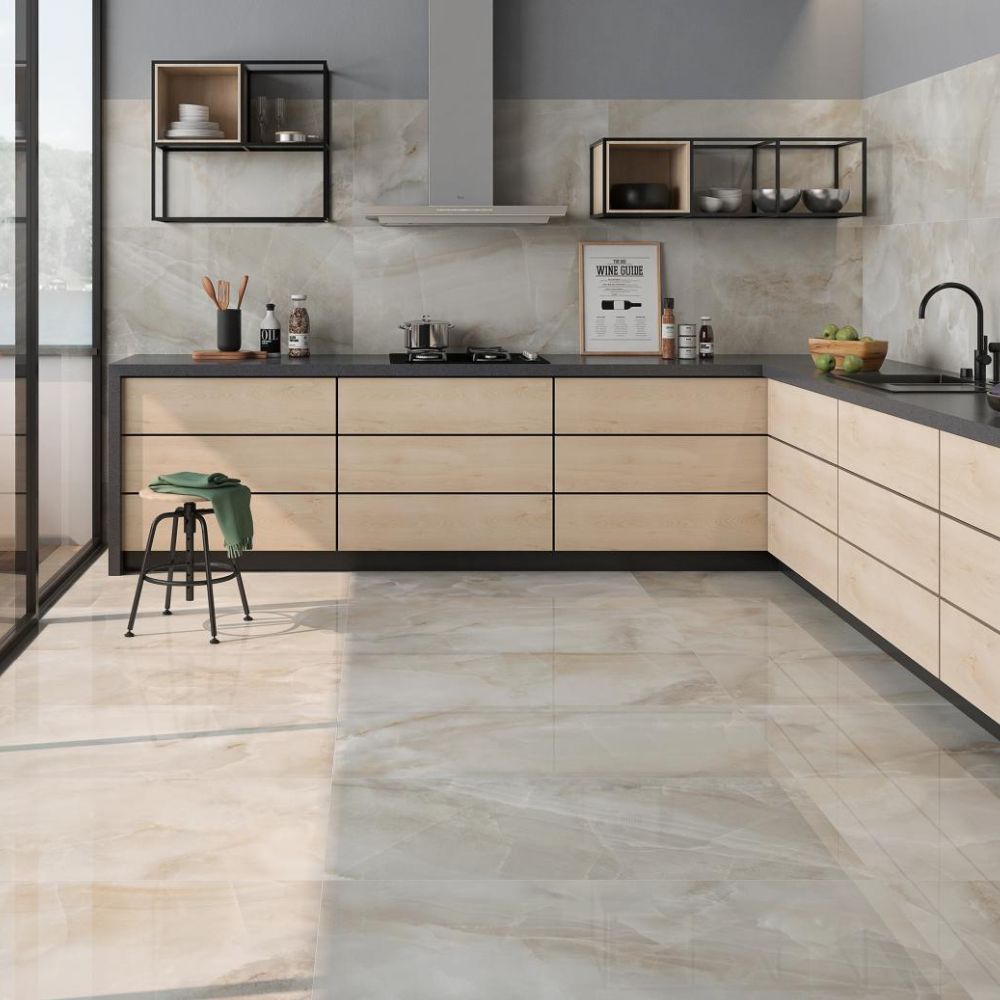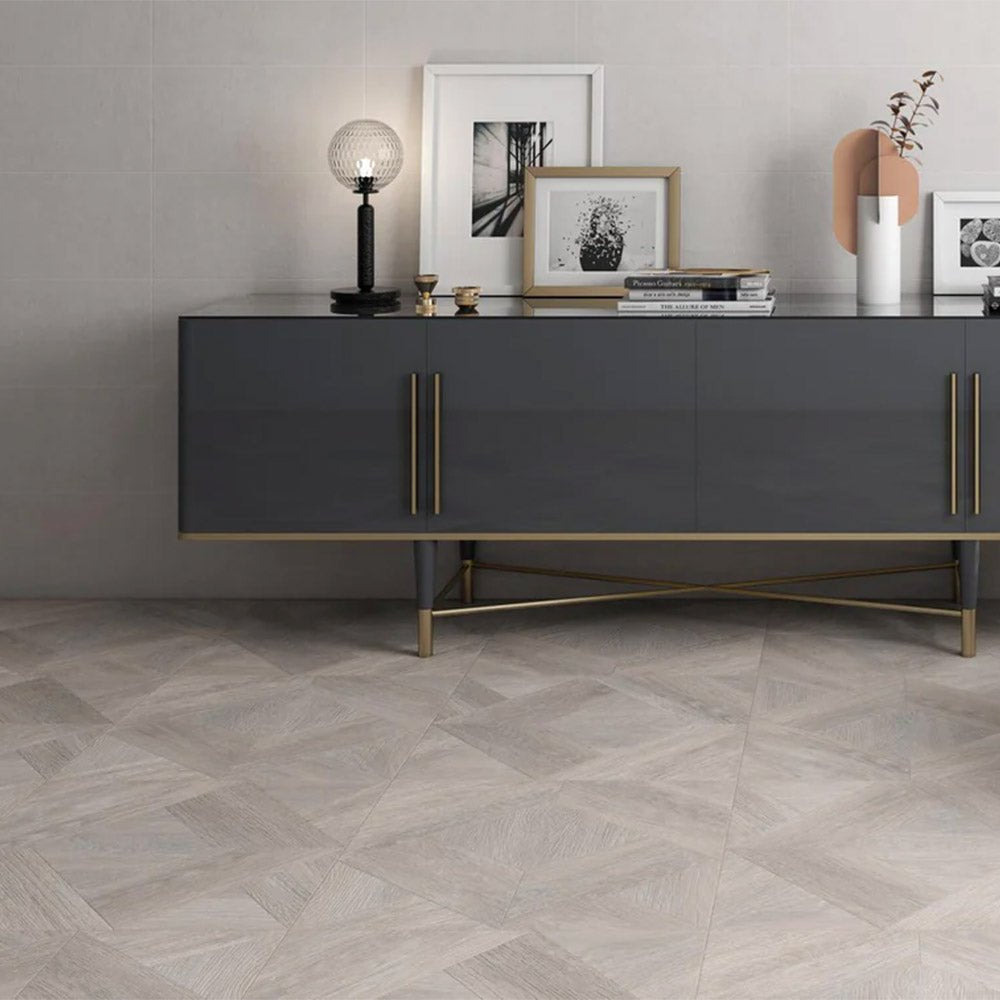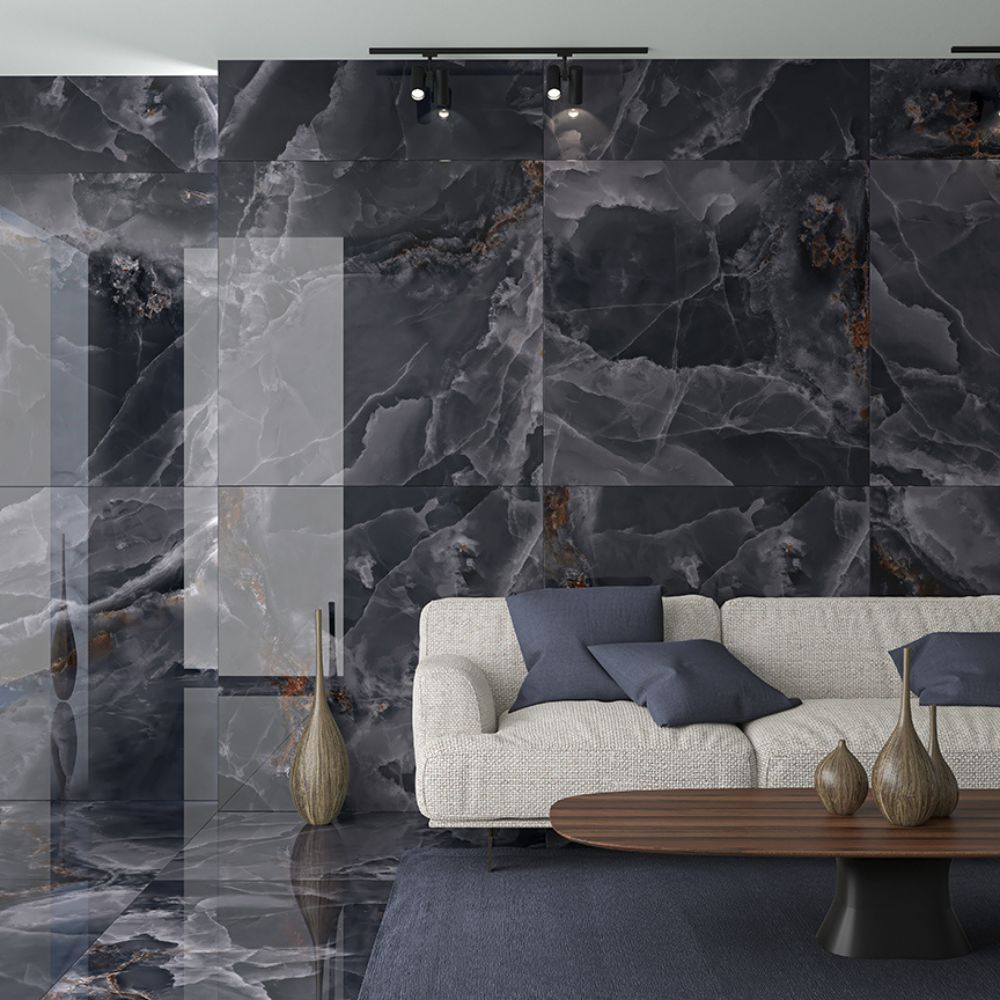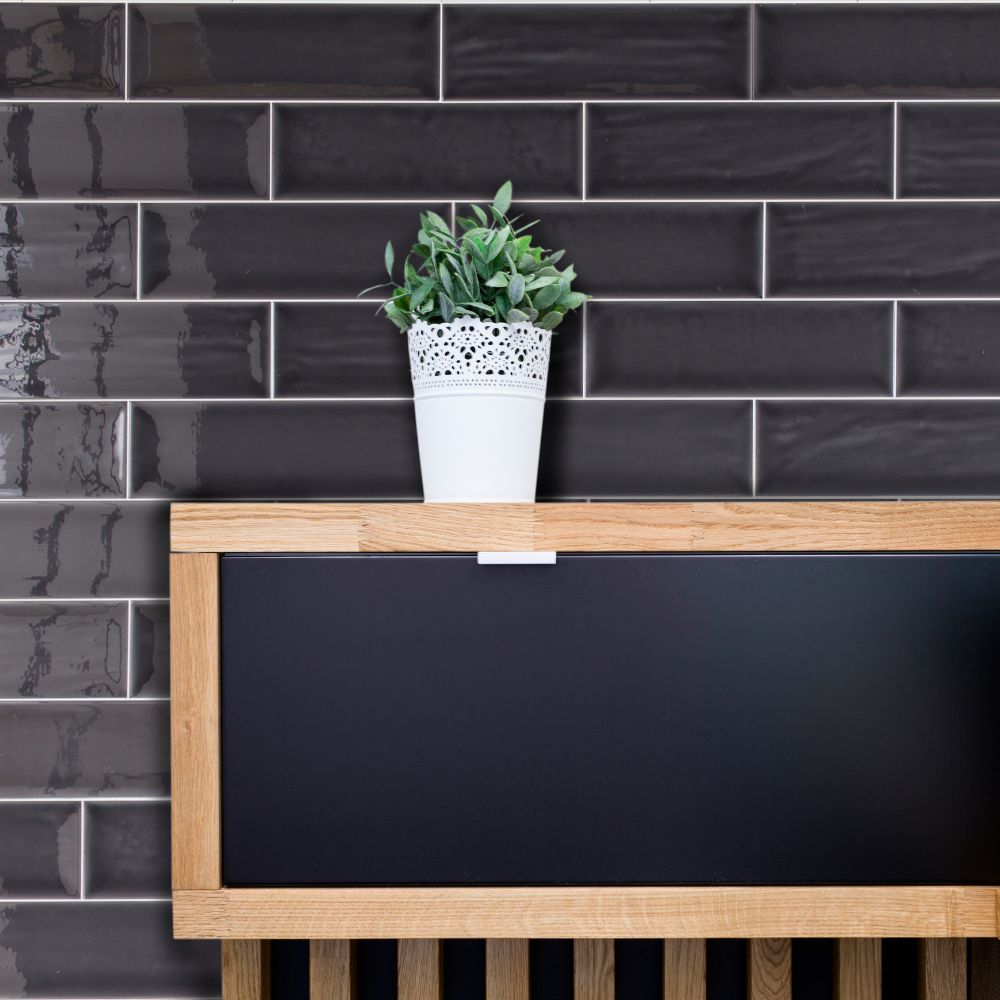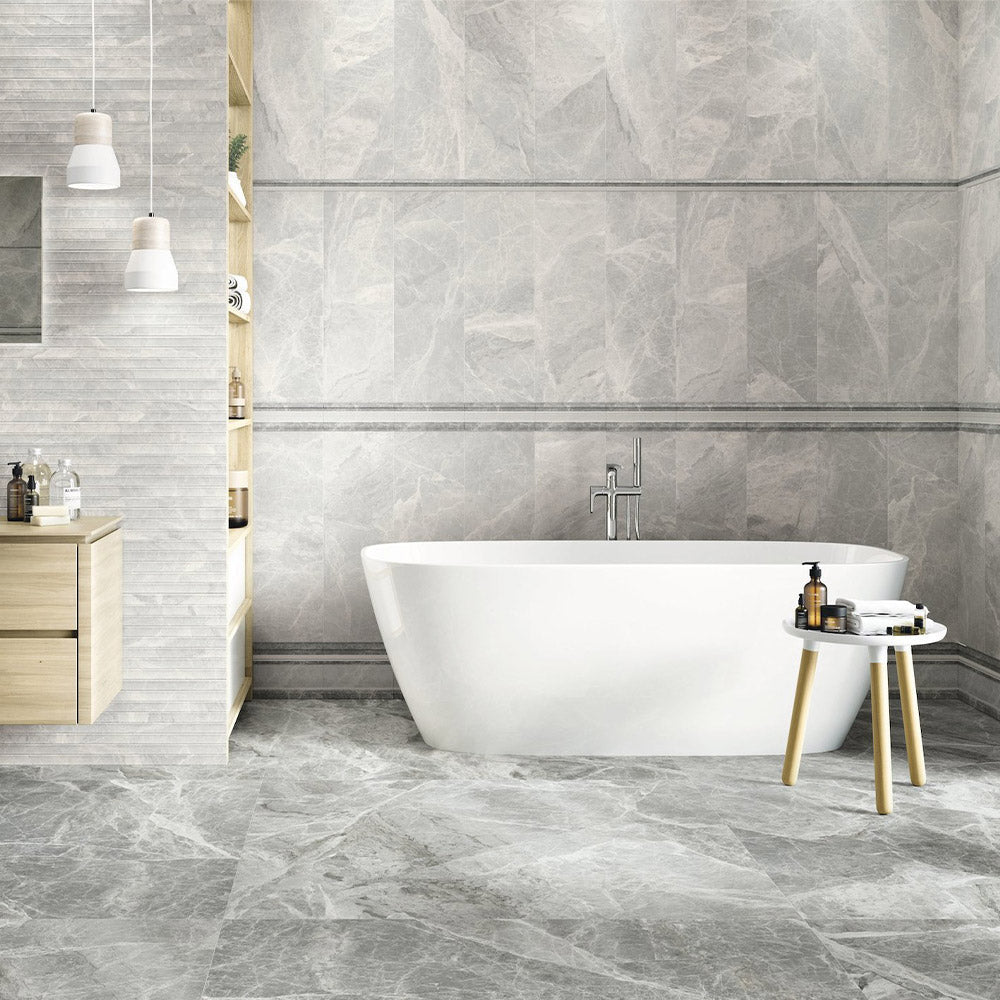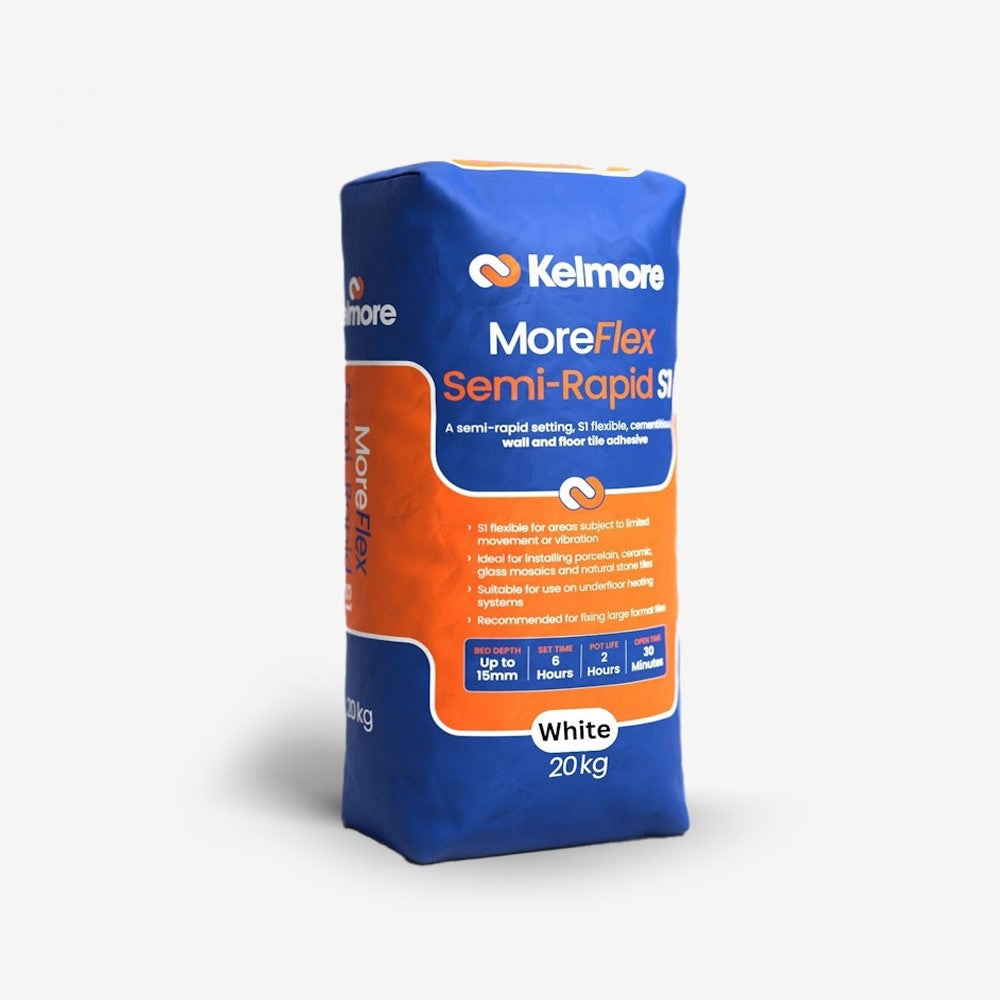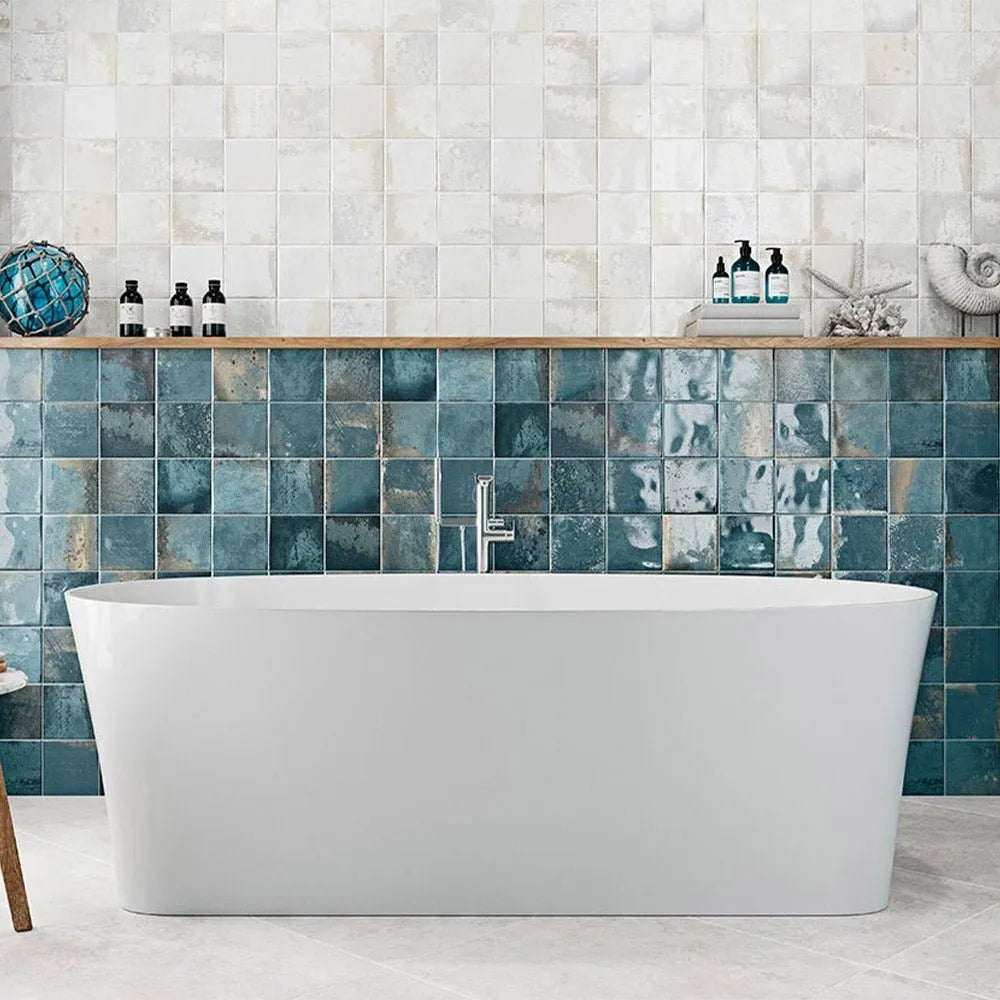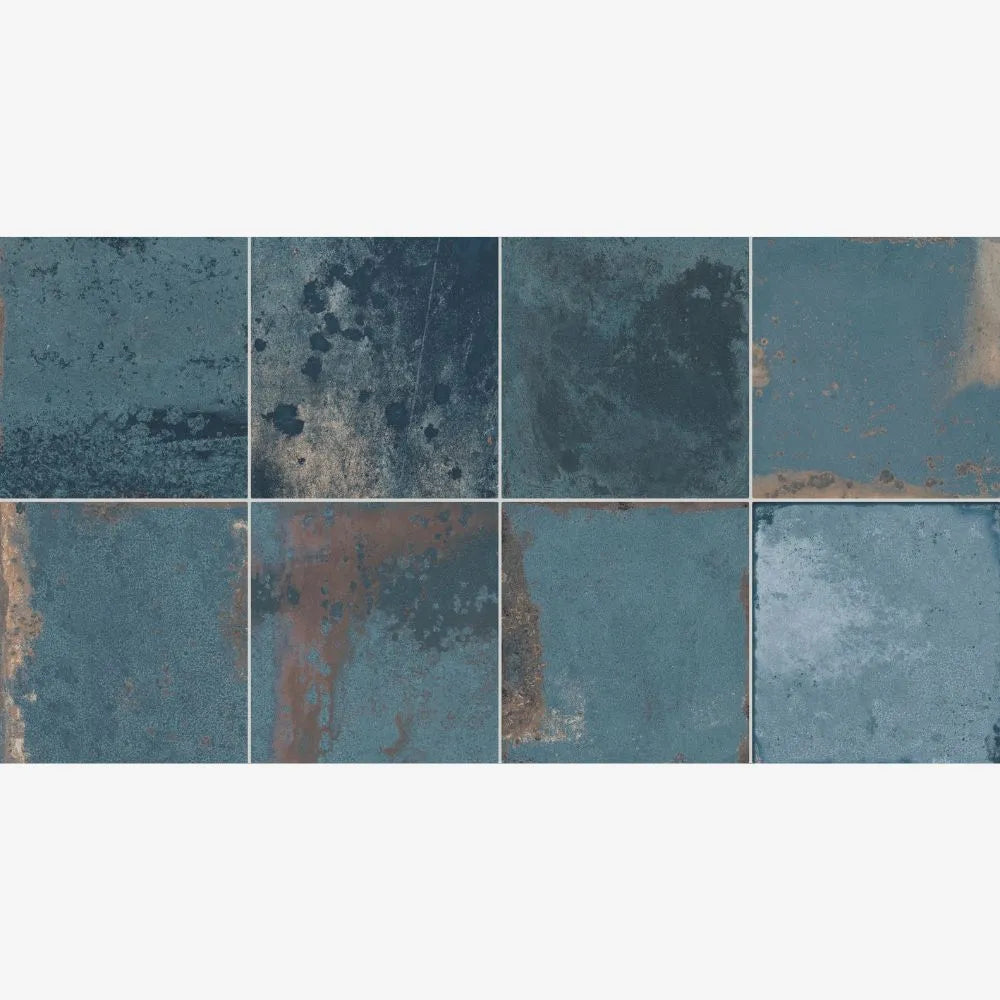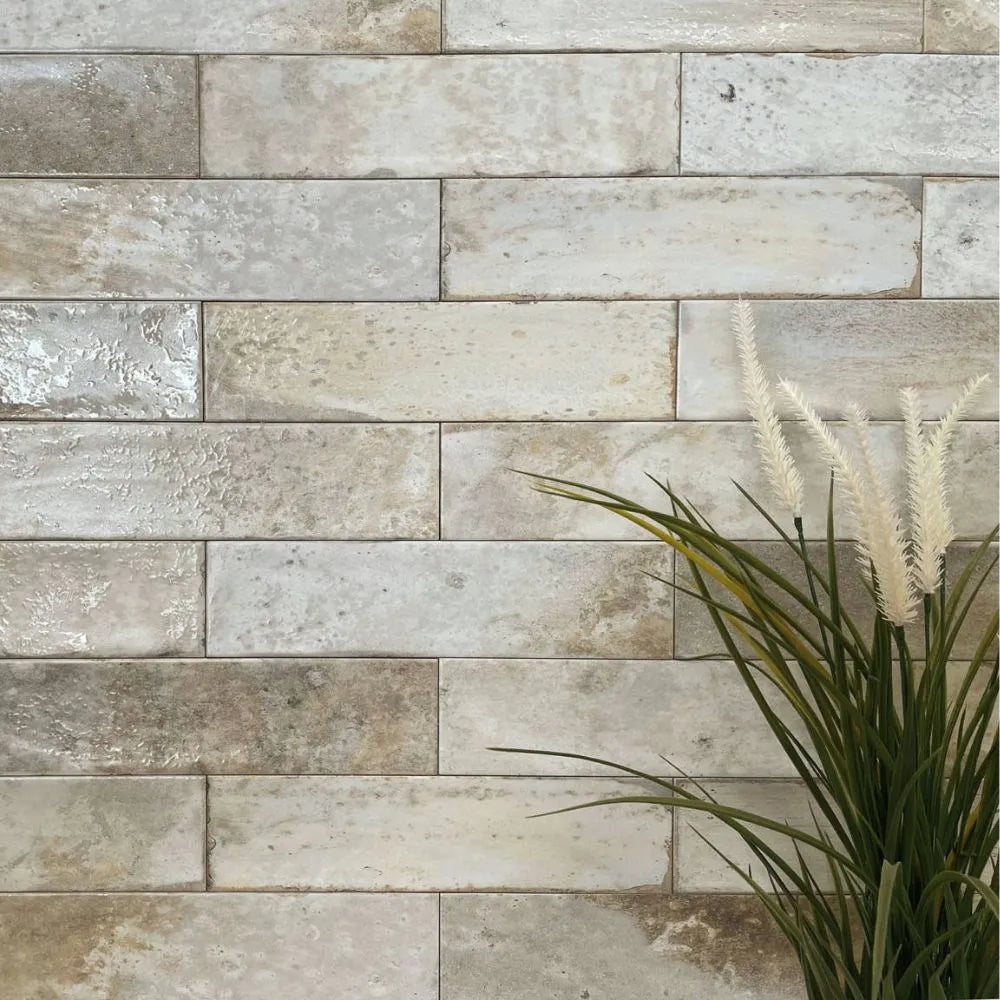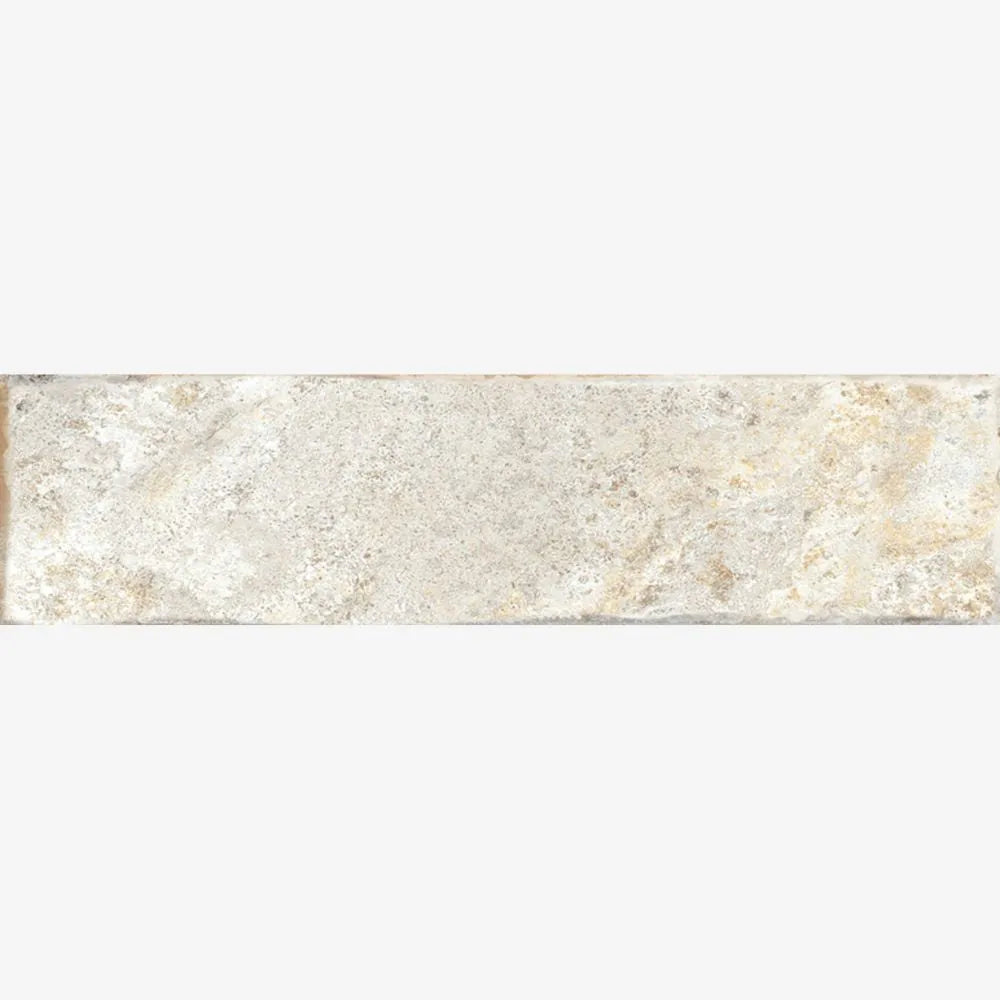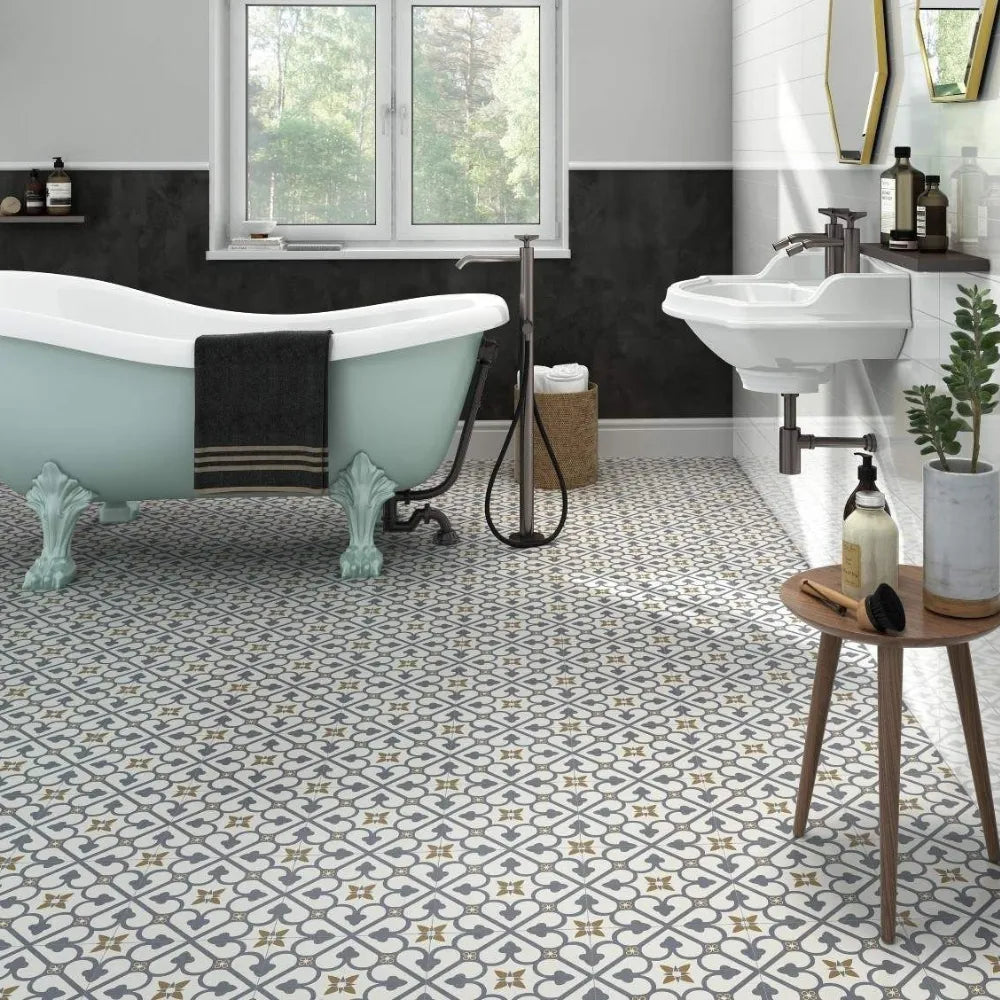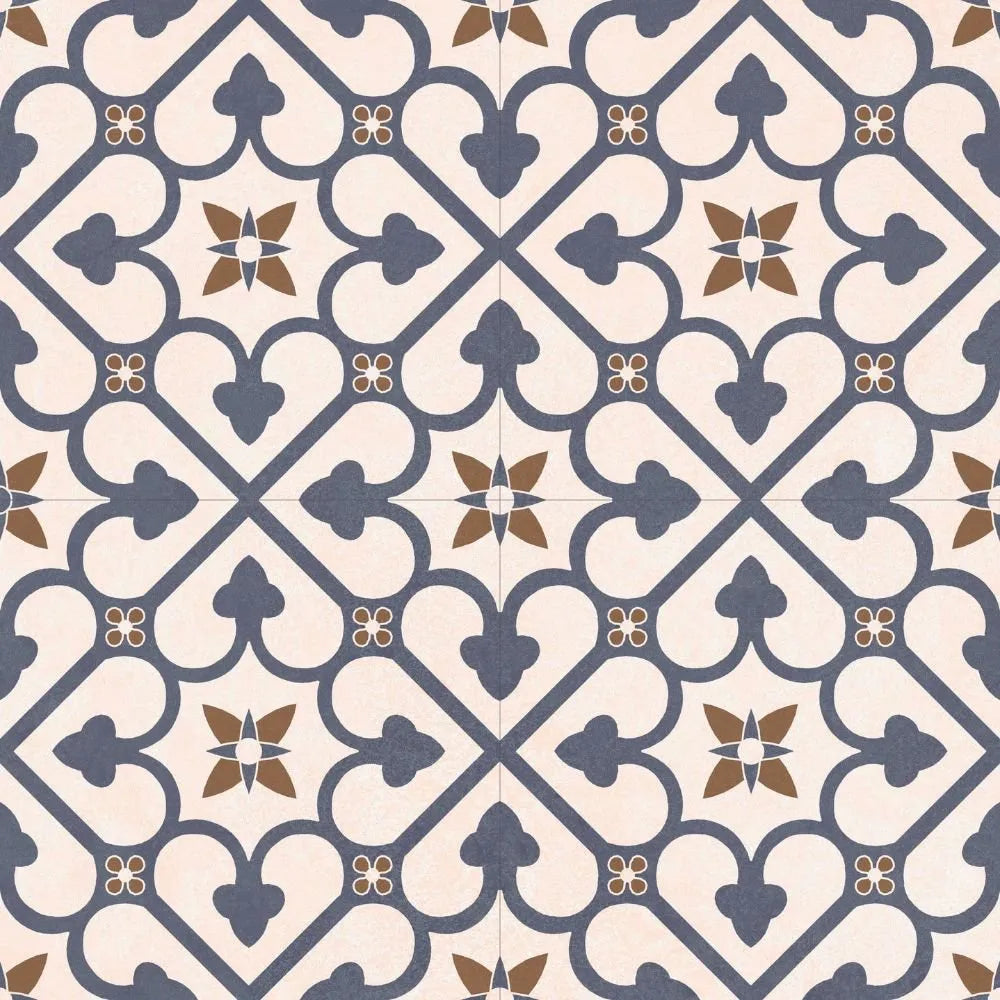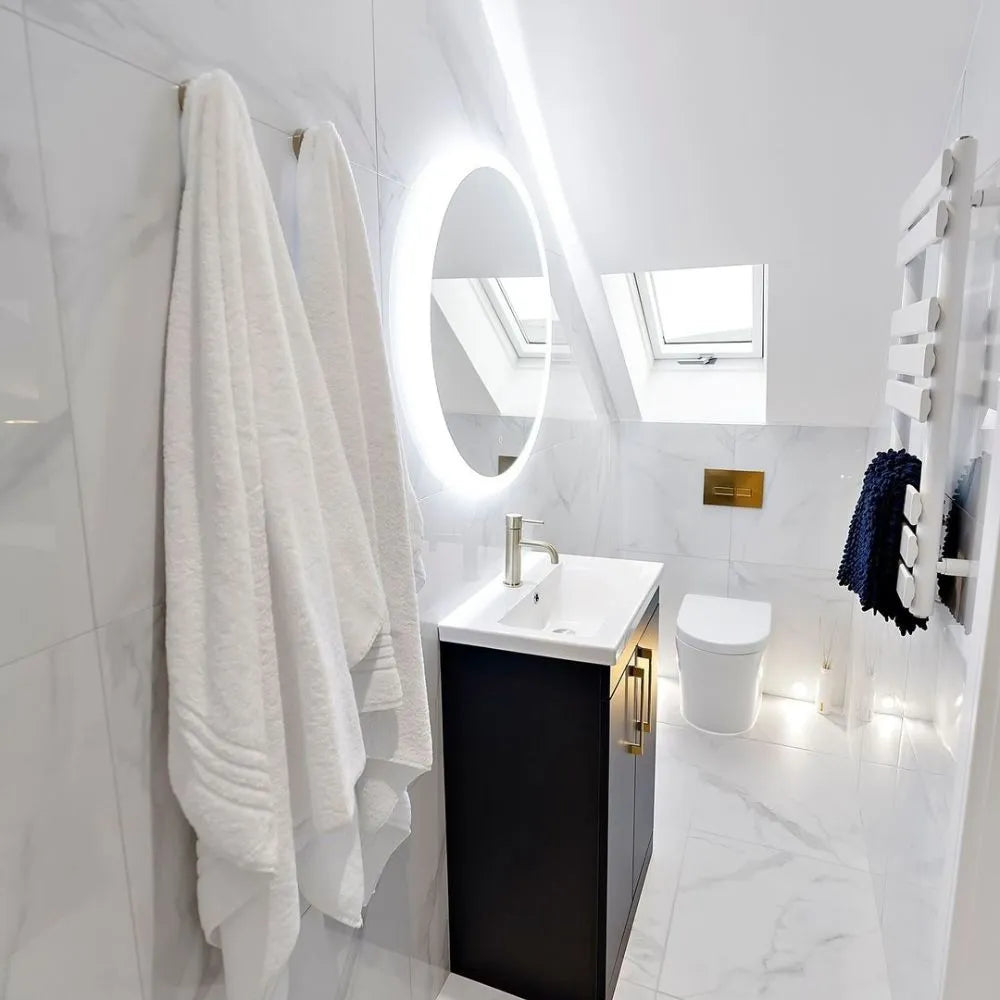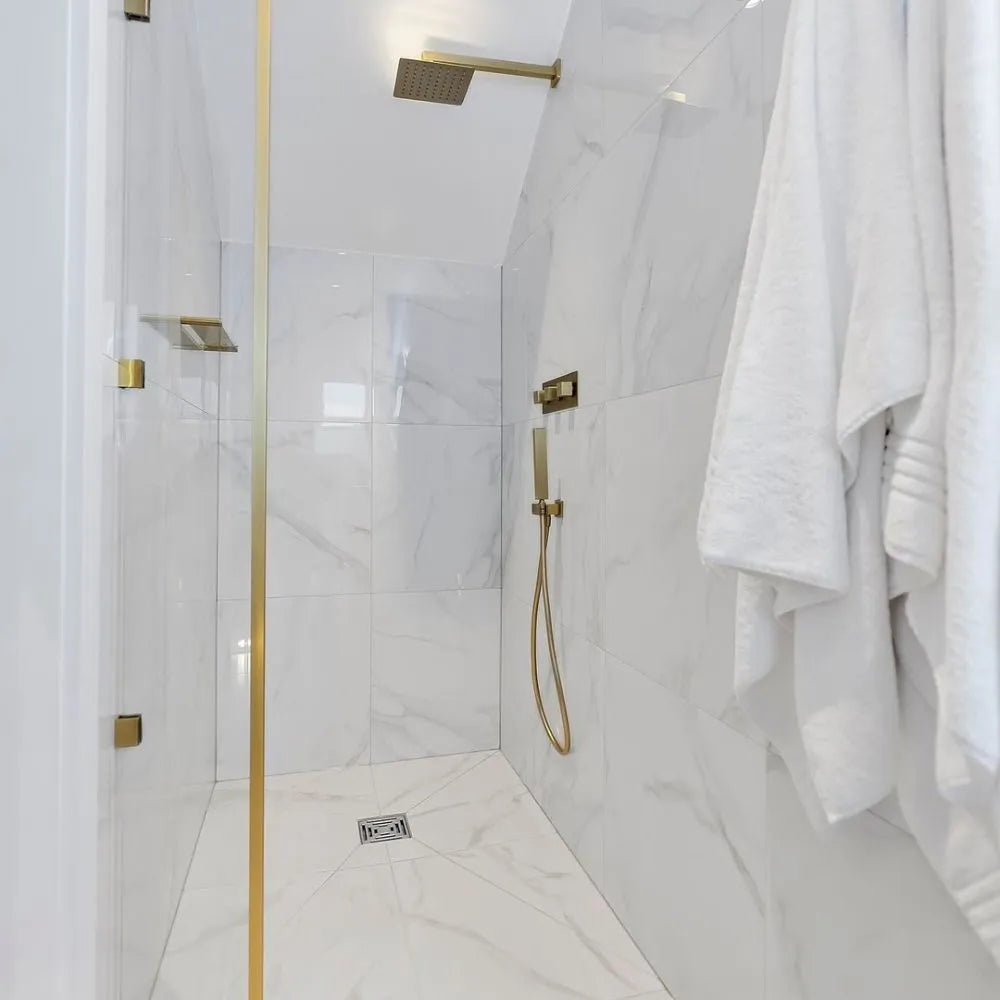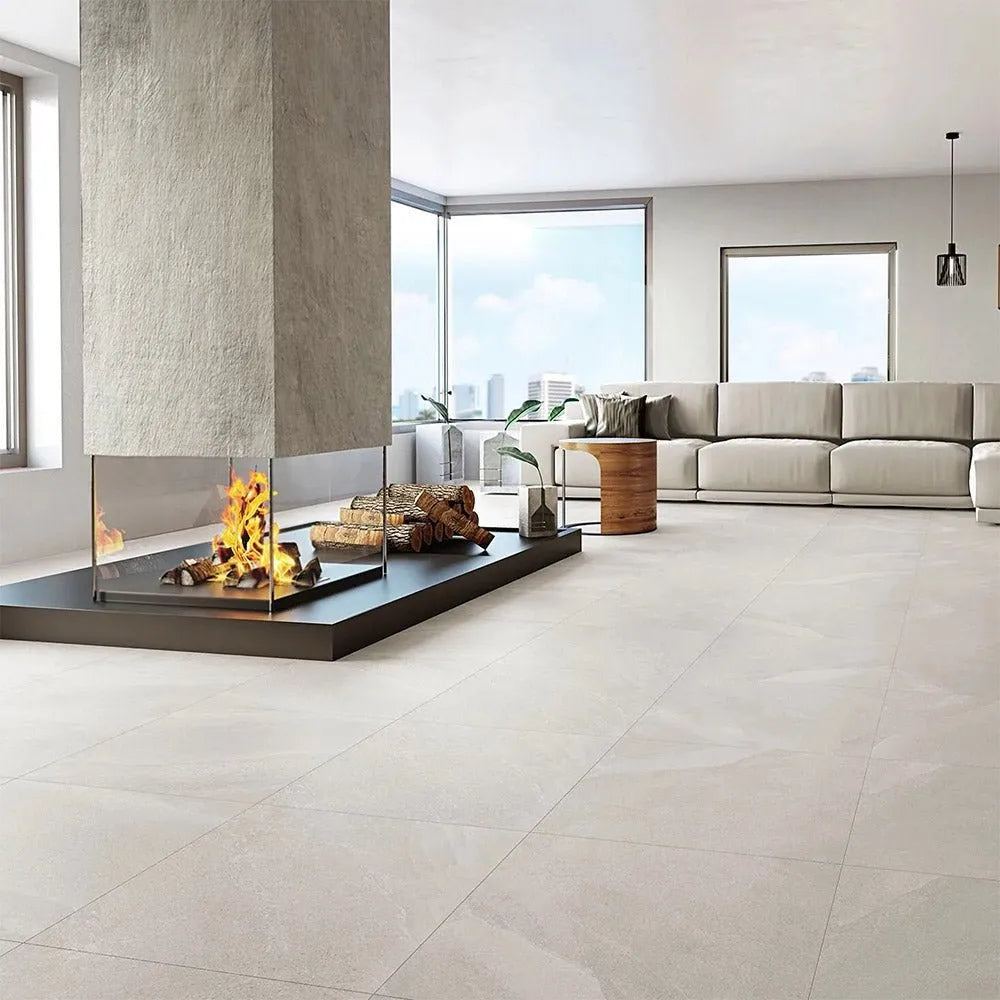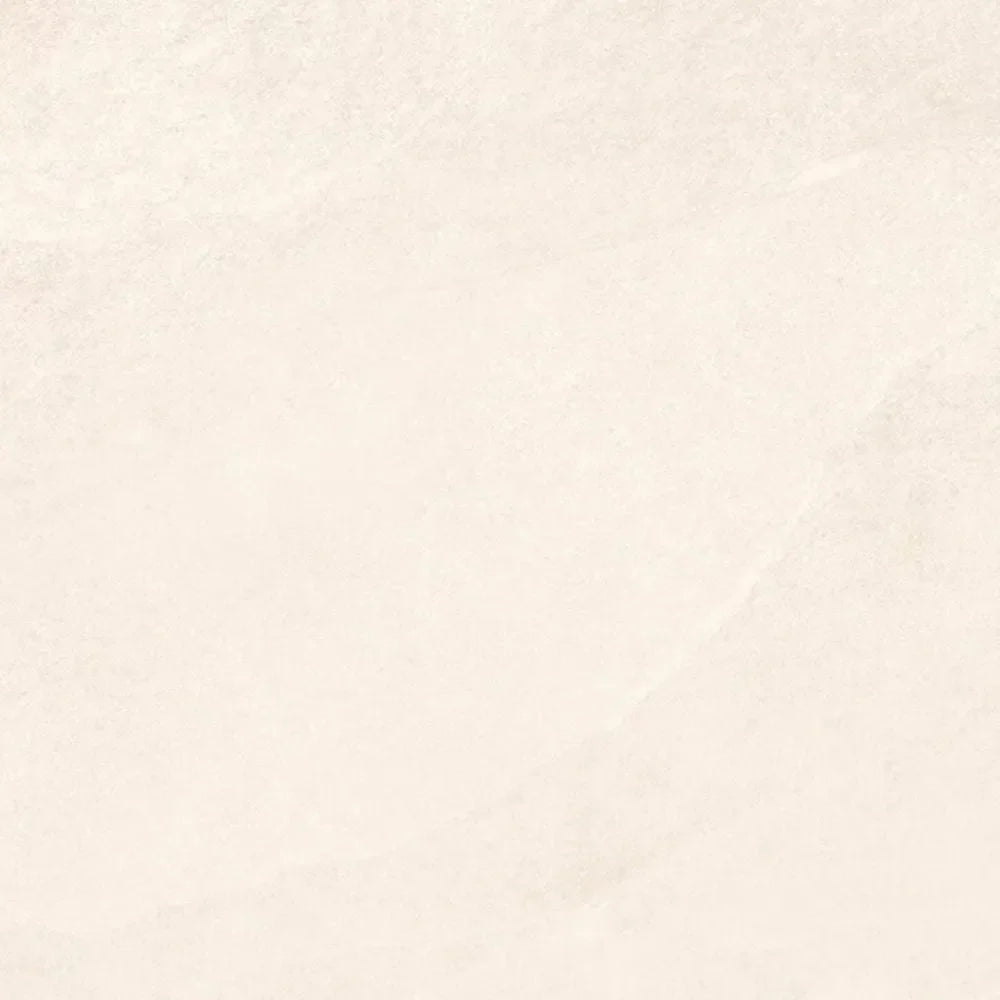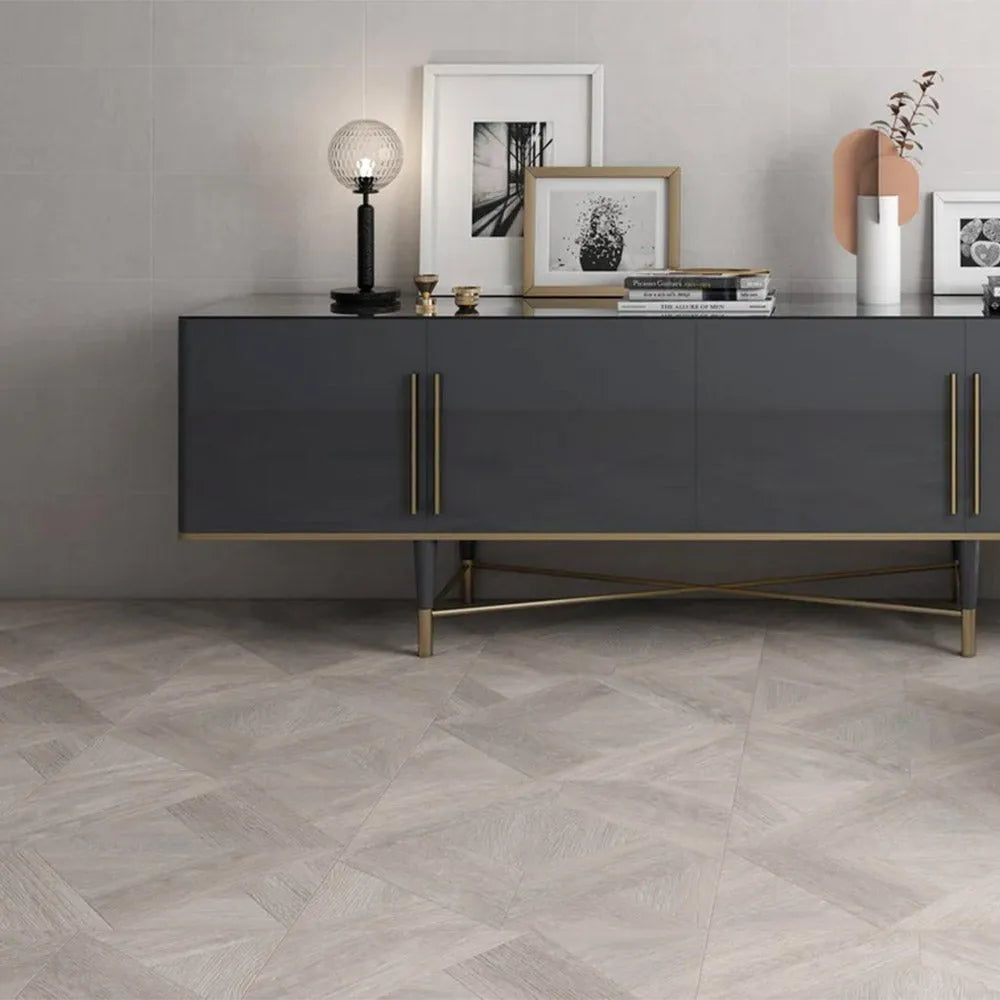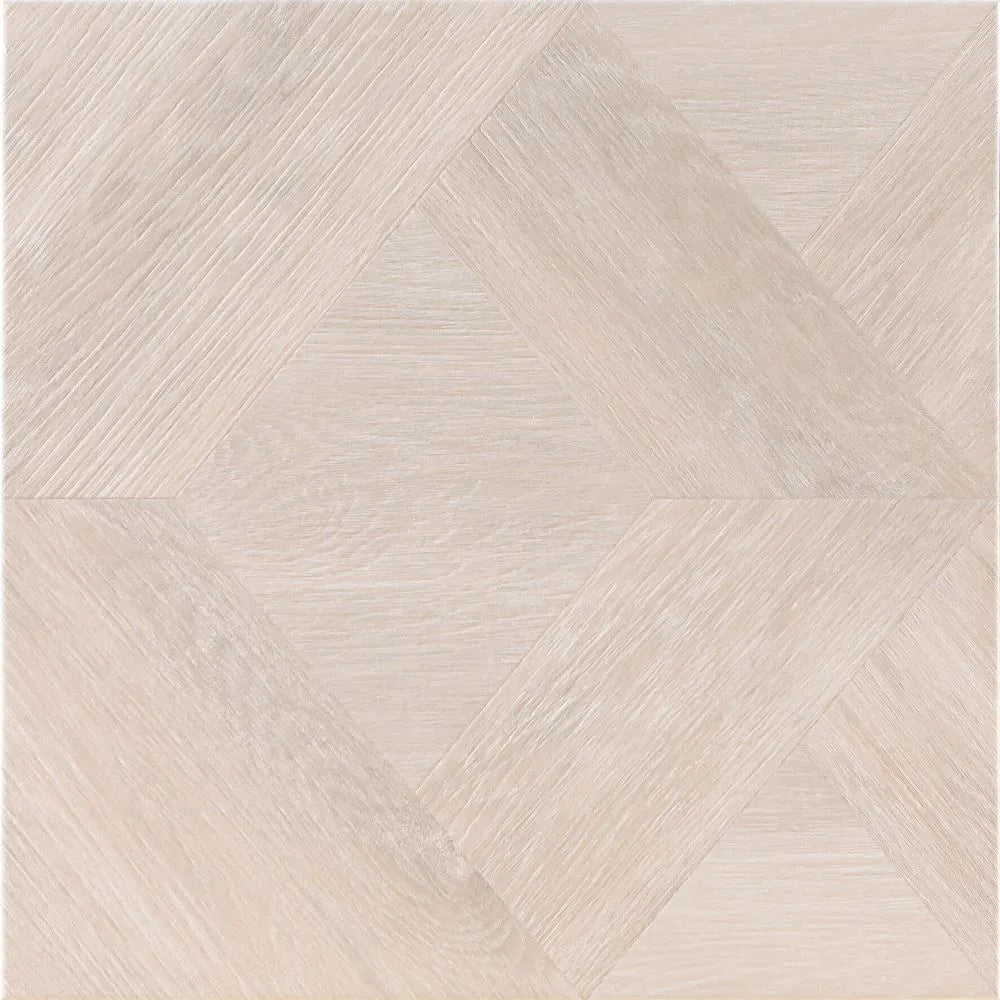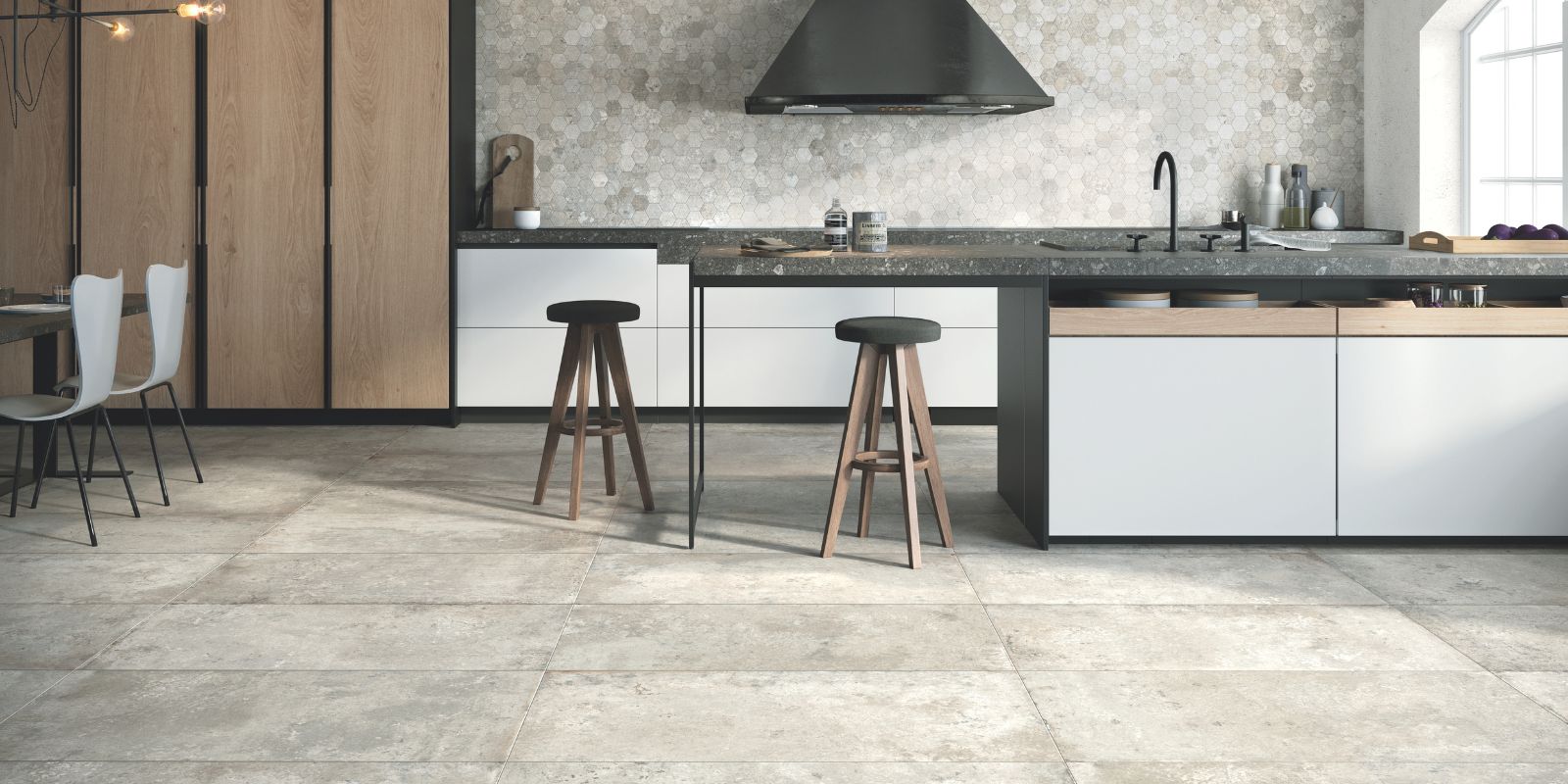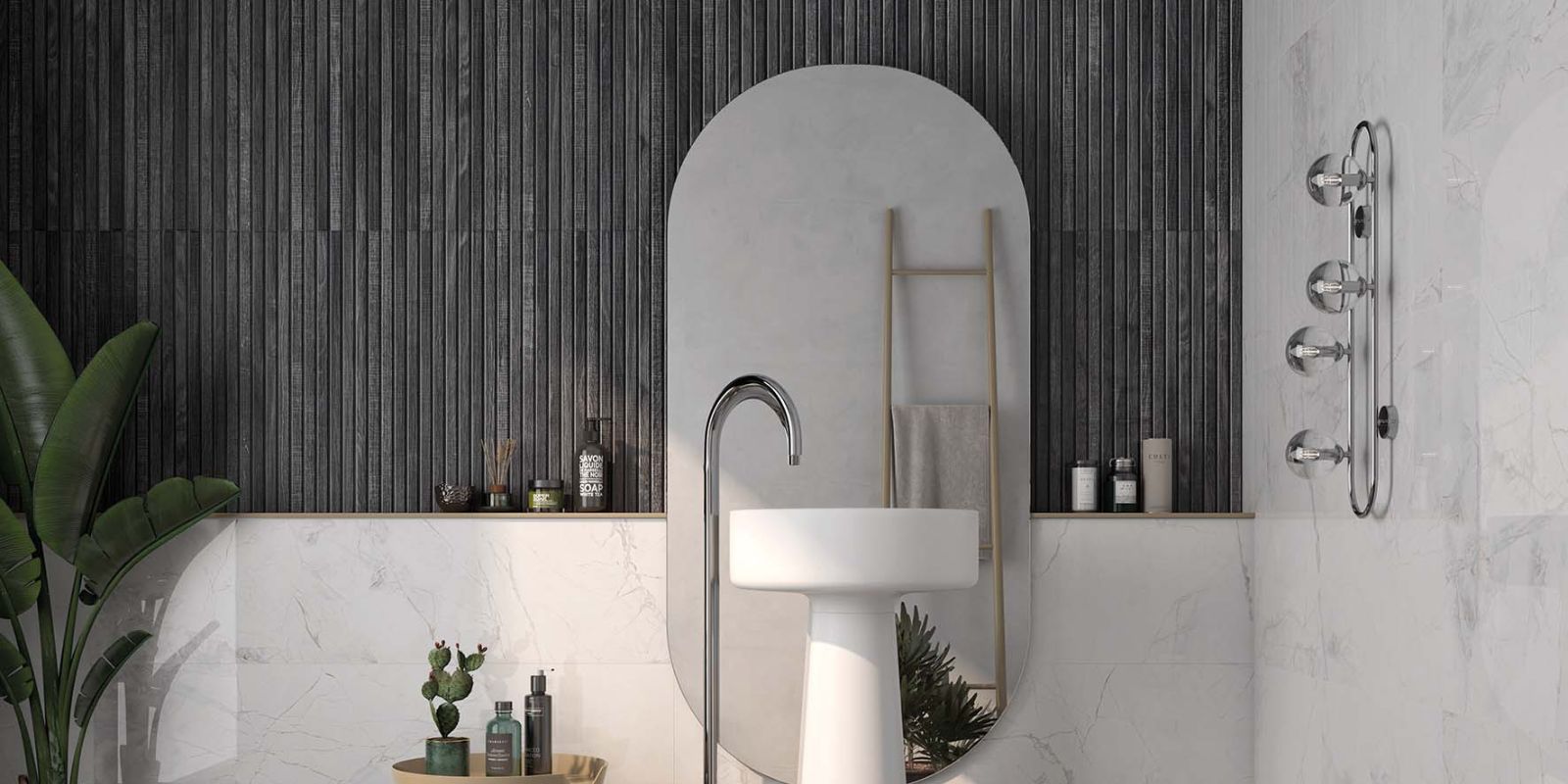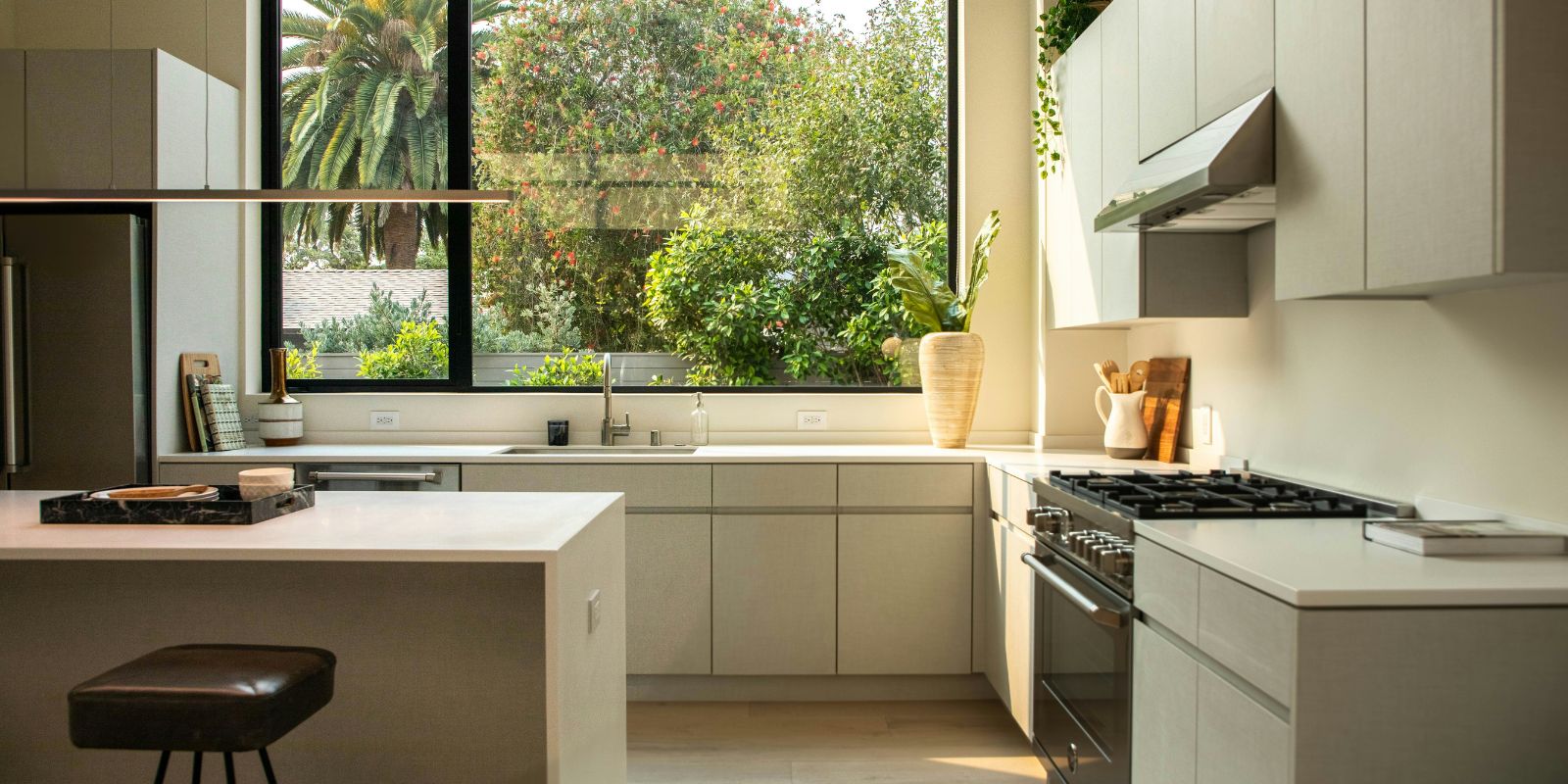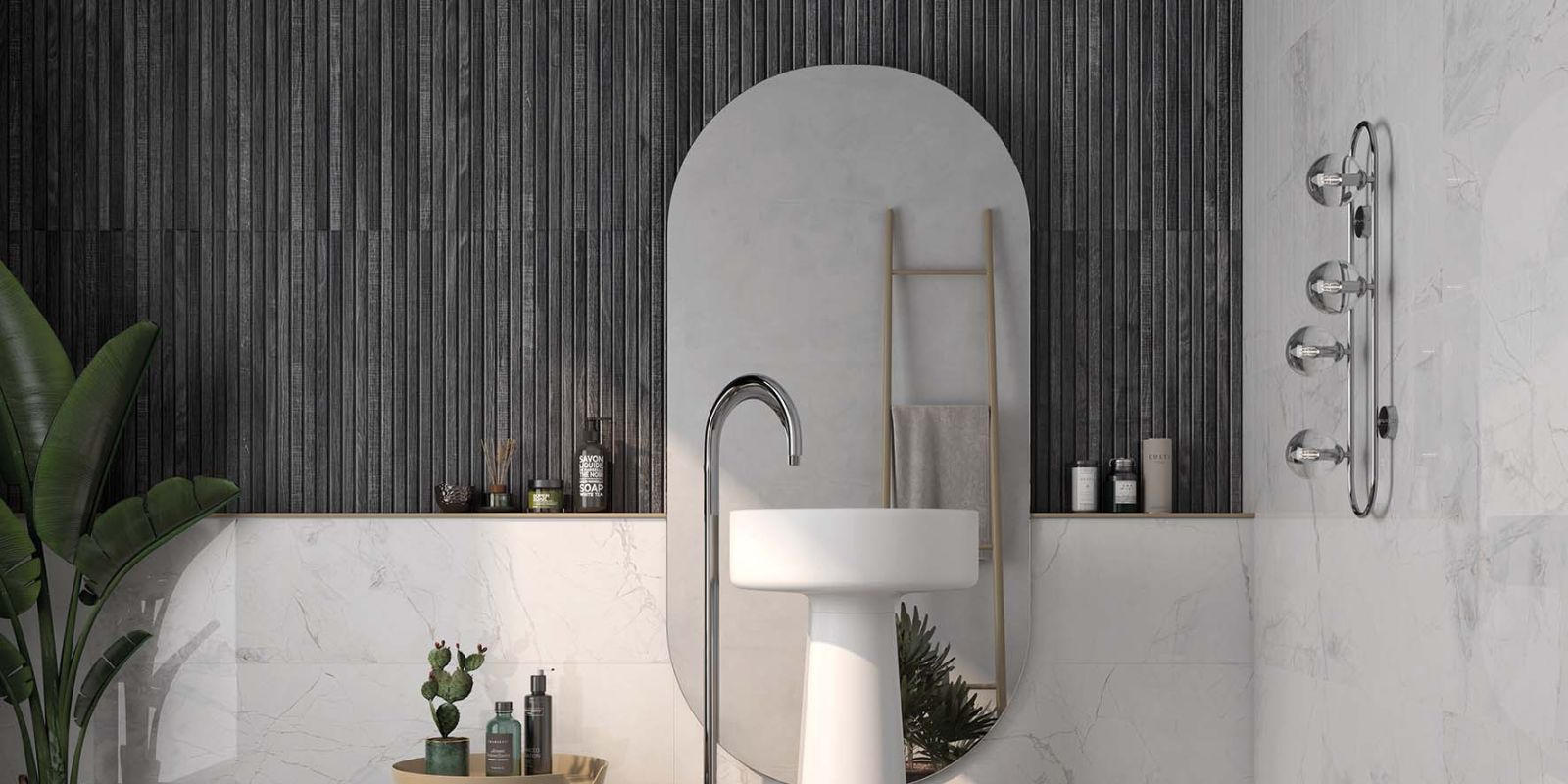
Bathroom Feature Wall Tiles: Transform Your Space with Style
Key Takeaways
- Bathroom feature wall tiles create stunning focal points, offering affordable luxury for any budget
- Popular options for bathroom tiles include textured stone effects, geometric patterns, and mosaic designs that suit both modern and traditional bathroom styles
- Feature walls work brilliantly behind vanities, in shower areas, or as accent walls without requiring full room wall and floor tiling
- High-quality ceramic, porcelain, and natural stone tiles provide durability and water resistance perfect for bathroom environments
- Expert guidance and free samples help you choose the perfect design to transform your bathroom into a designer space
When I decided to renovate my bathroom, I quickly realized that bathroom feature wall tiles were the secret weapon to turning a mundane space into something truly special.It’s amazing how a single wall, dressed in the right tiles, can become the heart of the room, a stunning focal point that brings style and personality without blowing your budget. Whether you’re planning a full makeover or just a quick refresh like I did, feature walls offer a perfect balance of impact and affordability.
I learned firsthand that a carefully chosen feature wall can completely transform the character of your bathroom. It adds depth, texture, and personality—things that plain walls just can’t deliver. From luxurious marble effects to modern geometric patterns, the options are vast, and when you find the right style, it feels like your bathroom finally comes to life.
What Are Bathroom Feature Wall Tiles?
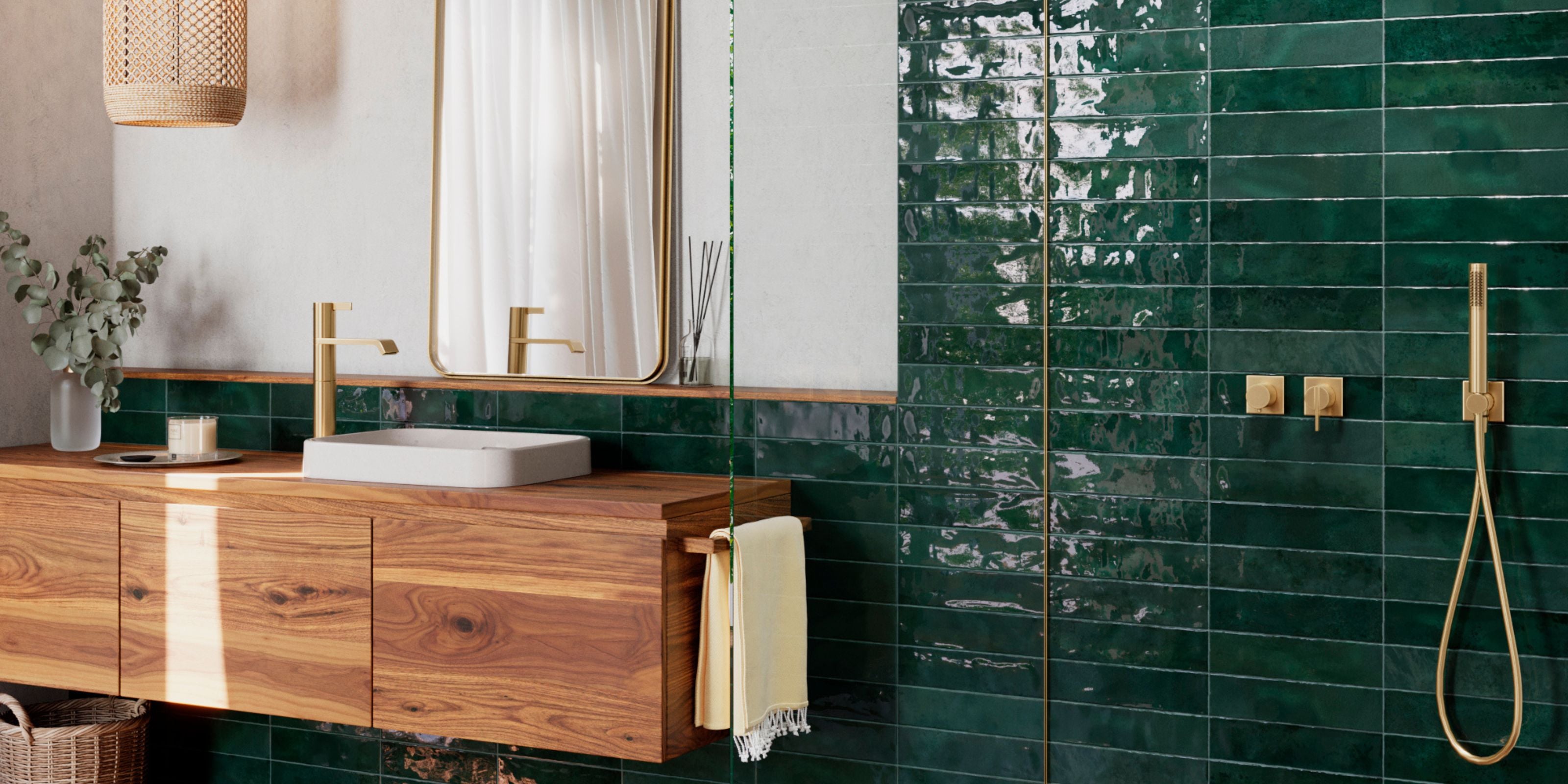
In my experience, a bathroom feature wall is all about creating a visual centerpiece that draws the eye and elevates the whole space. It’s where you let your creativity shine by choosing distinctive wall tiles that contrast with the rest of the room. Unlike tiling every wall, which can be costly and overwhelming, focusing on just one feature wall offers a smart way to add style without the expense.
I found that feature wall tiles are quite different from standard bathroom wall tiles. While regular tiles are great for function—keeping your bathroom waterproof and easy to clean—feature wall tiles are your chance to make an artistic statement. They often showcase bold patterns, rich textures, or premium materials that would be too much if used everywhere.
One of the biggest advantages I discovered is how cost-effective feature walls can be. You get the luxury look of natural stone or intricate mosaics without having to tile every surface. Plus, feature walls help define different zones in your bathroom, like the vanity or shower area, making the space feel more thoughtfully designed and even roomier.
Popular Bathroom Feature Wall Tile Styles
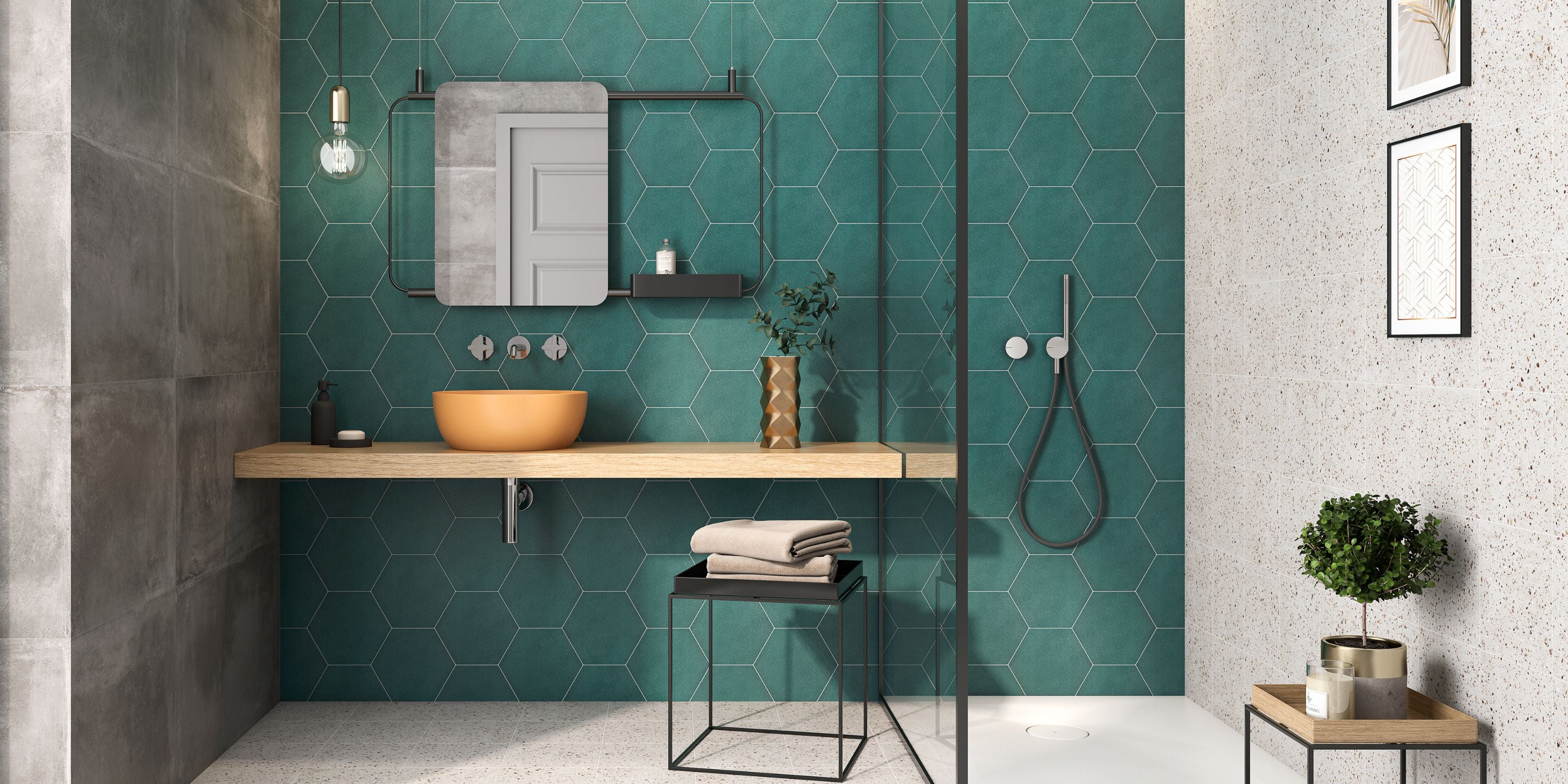
As I explored styles, I was amazed by the variety available to suit every taste and budget. Knowing what’s popular and timeless helped me pick something that would still look great years down the line.
Textured stone and split face designs quickly became my favorites because they bring a natural elegance that’s hard to beat. Watching how the light plays on their 3D surfaces throughout the day adds a dynamic, sculptural quality to the room. Split face stone tiles feel authentic and tactile, while stone effect porcelain offers the same look with easier care.
Geometric patterns also caught my eye—herringbone, hexagonal, and other shapes add a sophisticated energy to a feature wall. I loved how herringbone layouts with subway tiles or wood-effect planks created movement, while hexagonal tiles gave a modern honeycomb vibe. These patterns are perfect if you want a fresh, artistic touch.
For a bit of luxury, mosaic tiles stole the show. Their small size lets you create intricate patterns that curve smoothly around fixtures. Glass mosaics, in particular, bounce light around and make smaller bathrooms feel bigger and brighter.
I also considered wood-effect and concrete-look tiles for a contemporary industrial feel. They give the warmth of wood or the coolness of concrete but without the maintenance headaches. Perfect for a spa-like retreat or a loft-inspired look.
Metallic finishes and polished marble effect porcelain added glamour without the marble price tag. Metallic tiles catch the light beautifully, while marble effect porcelain brings classic elegance combined with water resistance, which is ideal for bathrooms.
Modern vs Traditional Design Options
Choosing between modern and traditional styles was a fun challenge. I found that large format porcelain tiles work wonders in sleek, minimalist bathrooms, creating seamless surfaces with minimal grout lines for a spa-like vibe.
Modern designs favor bold geometric patterns, industrial effects, and metallic touches. Charcoal and steel tones bring a sophisticated neutrality that pairs well with contemporary fixtures.
For those who love classic charm, Victorian-inspired patterns and decorative ceramics and plain square tiles bring period character to life. Intricate mosaics and heritage colors add authenticity while still meeting today’s durability standards.
Rustic and distressed finishes bring cozy warmth with weathered wood effects and natural stone textures, making them perfect for farmhouse-style bathrooms that blend charm with modern function
Best Placement Ideas for Bathroom Feature Walls
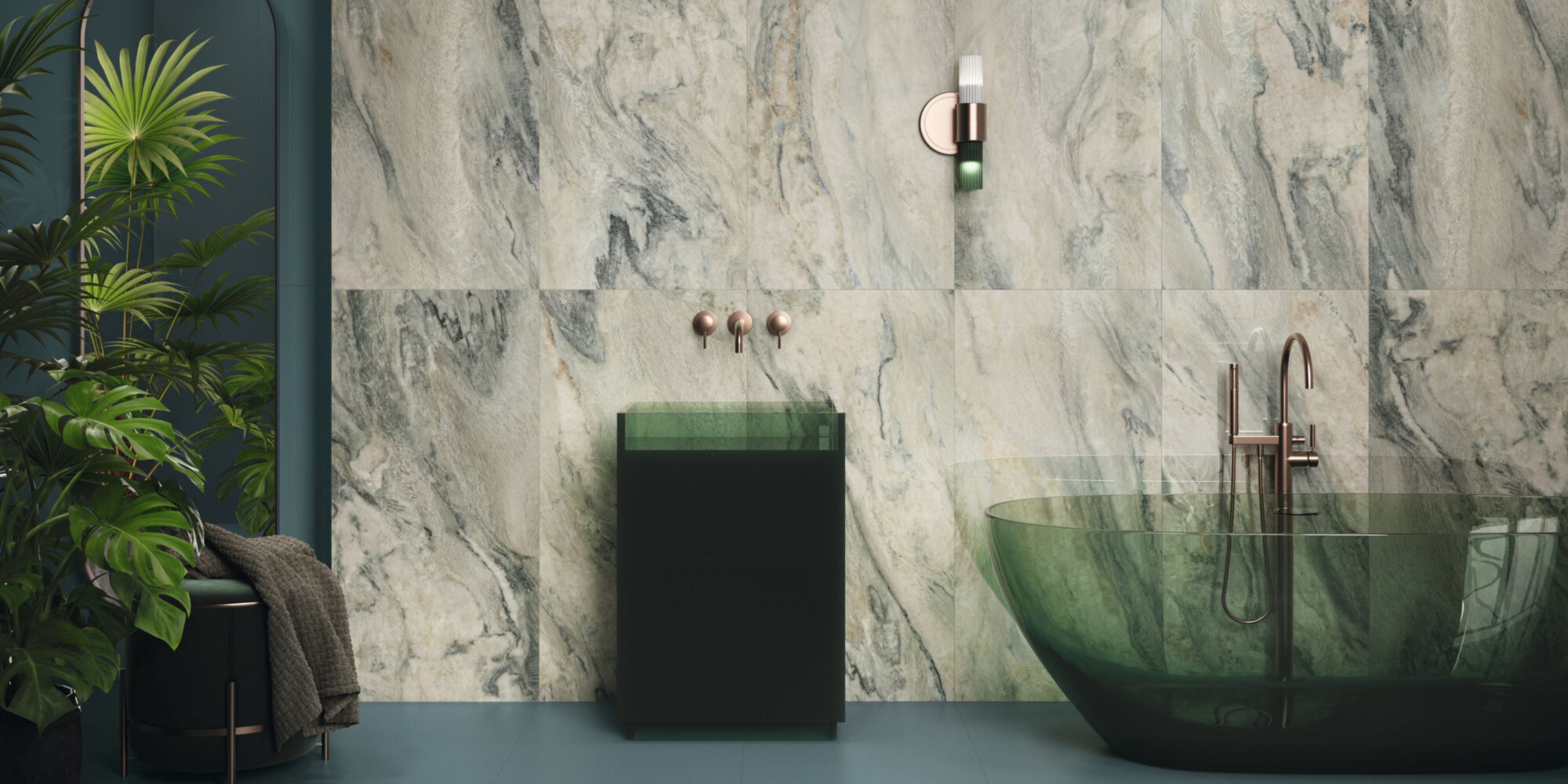
From my experience, where you place your feature wall makes all the difference. The best spots create natural focal points and improve your bathroom’s flow.
Behind the vanity or mirror is my top pick. This is where you spend most of your time, so the feature wall gets maximum attention. It frames your reflection and contrasts beautifully with cabinetry and fixtures.
Shower enclosures and wet room walls are ideal for waterproof tiles like porcelain or sealed stone. The enclosed space lets you go bold with patterns that might overwhelm larger walls.
Bath surrounds and alcoves create intimate, spa-like retreats. A feature wall behind a freestanding tub becomes a stunning backdrop that elevates your bathing experience. Alcoves can also turn awkward spaces into design highlights.
Half-height wainscoting paired with paint or wallpaper offers a versatile look. It protects splash zones with tiles while letting you play with color or texture above.
In open-plan and en-suite bathrooms, feature walls help define zones without blocking light or space, maintaining an airy feel. Following on from this, utilising the same wall tiles in both your ensuite and your bedroom will make those two spaces feel as one. Whit whatever styles or patterns in your bedroom flowing into the en-suite and vice versa, providing a beautiful alternative to wallpaper in bedrooms.
Material Options and Durability
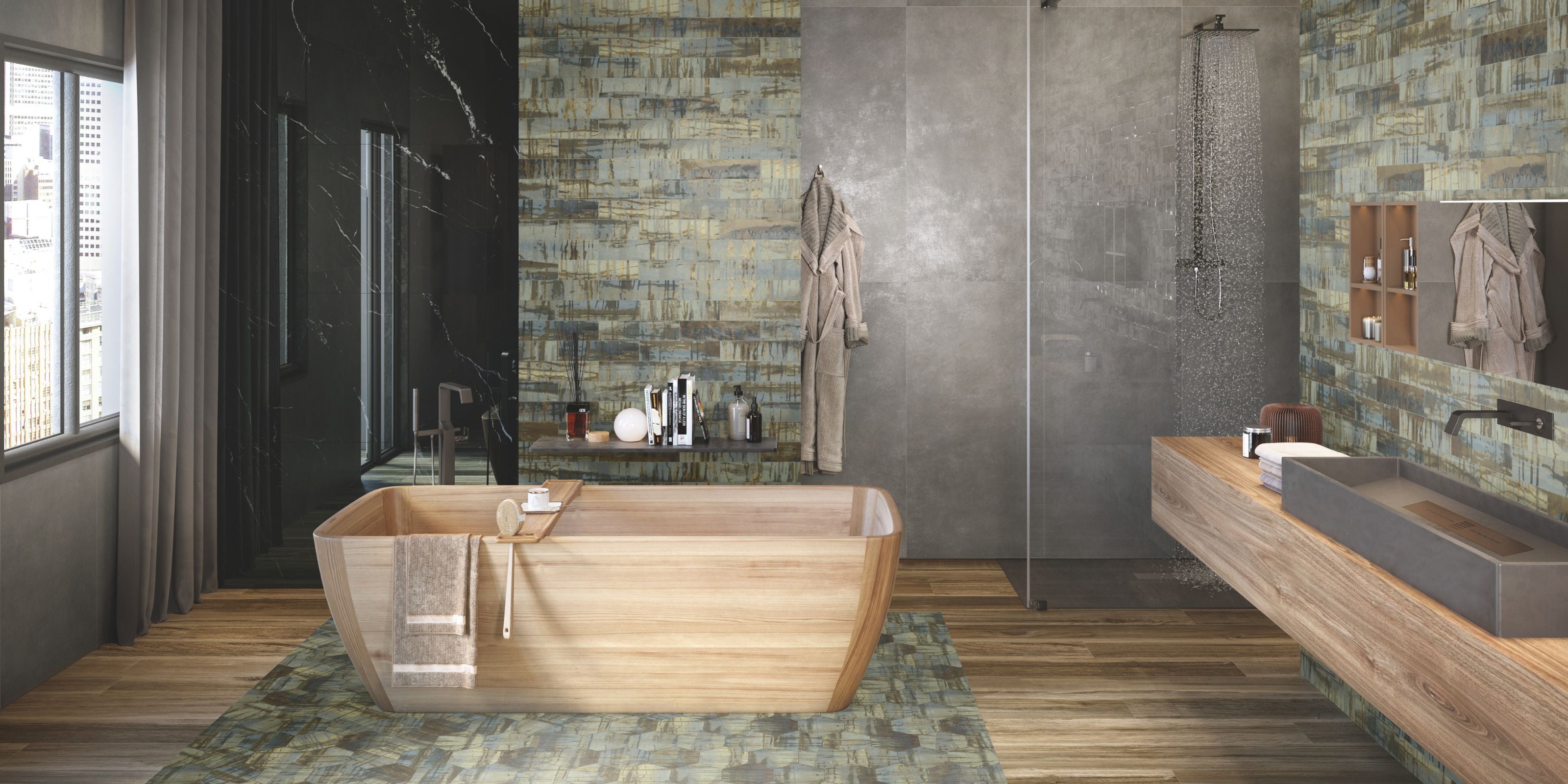
Choosing the right material was crucial in my project to ensure lasting beauty and performance.
Ceramic tiles are an excellent starting point — affordable, water-resistant, and easy to clean. Modern ceramic can mimic stone and wood beautifully at a fraction of the cost. Their glazed surfaces resist stains and moisture, perfect for bathrooms.
Porcelain tiles offer even greater durability and stain resistance. Their dense, less porous nature makes them ideal for wet areas like showers. Porcelain supports large format tiles with minimal grout lines, creating sleek, contemporary looks.
Natural stone brings authentic luxury with unique colors and textures. Split-face, travertine, marble, and slate each have their own character but require sealing and careful upkeep to prevent damage.
Glass tiles reflect light brilliantly, brightening small bathrooms and resisting mold and bacteria. They’re great for mosaic designs that play with light and color.
Checking moisture resistance ratings helped me pick tiles suited for wet zones. Proper wall preparation and waterproofing remain essential regardless of tile type.
Low Maintenance Tiles and Longevity
I quickly learned that maintenance varies by material. Glazed ceramic and porcelain need just regular cleaning with mild detergents. Their smooth surfaces resist dirt and are easy to keep pristine.
Natural stone demands more care — regular sealing and gentle cleaners to avoid damage. But with proper upkeep, stone walls develop a beautiful patina over time.
Grout care is key to keeping your feature wall looking fresh. Epoxy grout offers better stain resistance and water protection than traditional grout. Regular cleaning and sealing prevent mold and discoloration.
Textured tiles require a bit more attention to clean grooves, but the dramatic visual payoff is worth it. Using soft brushes and appropriate mild cleaners keeps them looking great.
With good installation and care, quality bathroom feature wall tiles can last 15-20 years or more. Porcelain and natural stone, in particular, stand the test of time beautifully.
Installation Tips and Professional vs DIY
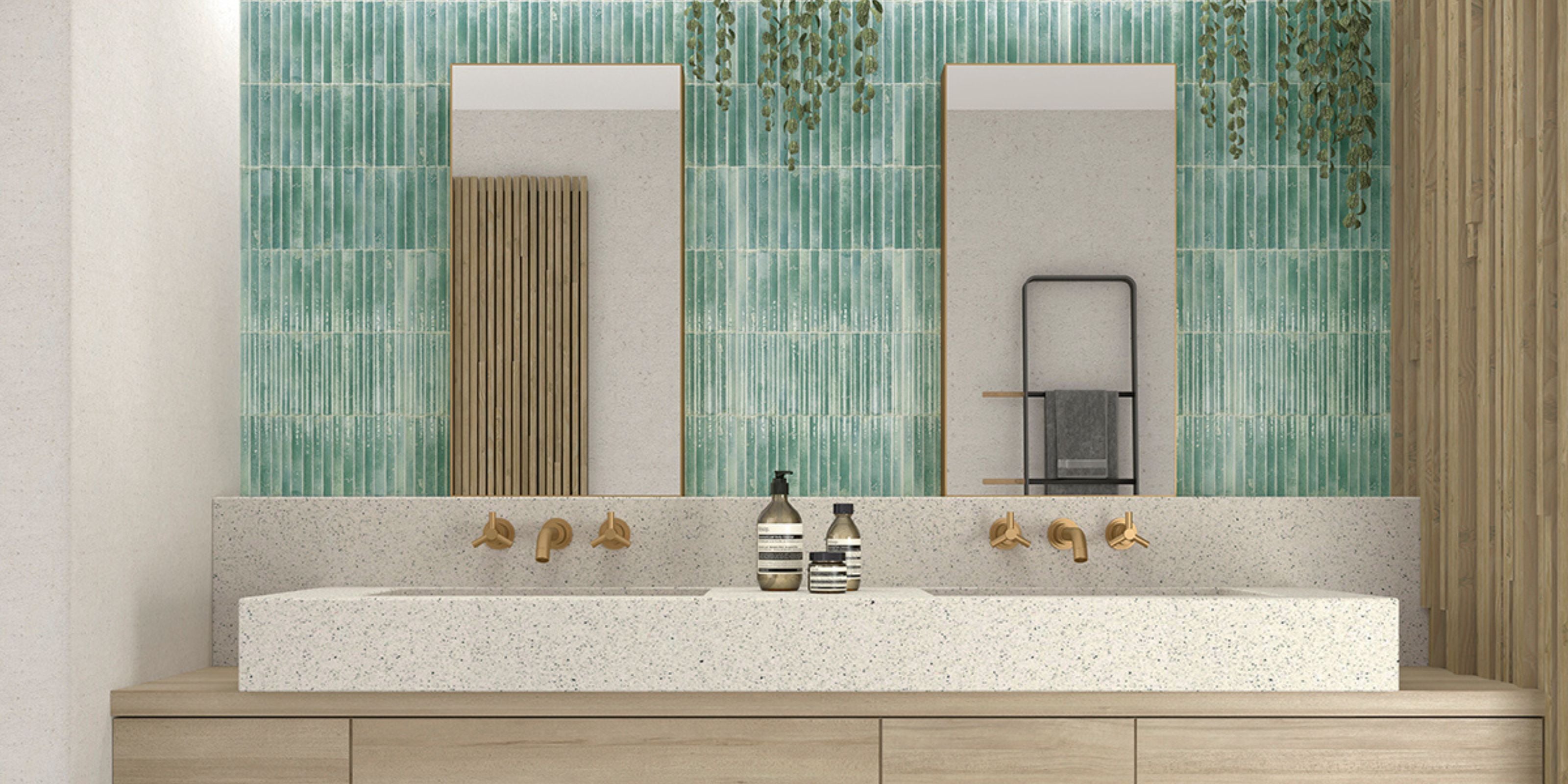
While I debated between a DIY approach or a professional installation I leant a few things.
Firstly, accurate measuring is vital, for most jobs, one should order a little more coverage than is strictly needed. Ordering and extra 10% for cuts and breakages is a good rule of thumb. Complex patterns might need 15% more for matching.
DIY requires tools like tile spacers, adhesive, grout, wet saws, and safety gear. A quality tile saw and spirit levels ensure clean, straight work. Porcelain tiles are harder than ceramic tiles and thus, cannot be cut as easily and will require specialist tools
Professionals bring invaluable experience, especially for large tiles or intricate patterns. They avoid common mistakes and often provide warranties.
Surface prep is critical — walls must be clean, level, and waterproofed, especially in showers. Uneven walls might need plasterboard or rendering.
Grout application affects the final look with consistent lines and proper curing giving a polished finish. Grout color choice can either blend or highlight tile patterns. Complementing your tiles with contrasting grout is a sure fire way to making a bold statement. On the other hand, in other areas of your bathroom you may want to achieve a minimalist look, then colour matching the grout with your tiles would be the perfect choice, seamlessly blending from one tile to another and ensuring an unobstructed visual flow.
Design Inspiration and Color Schemes
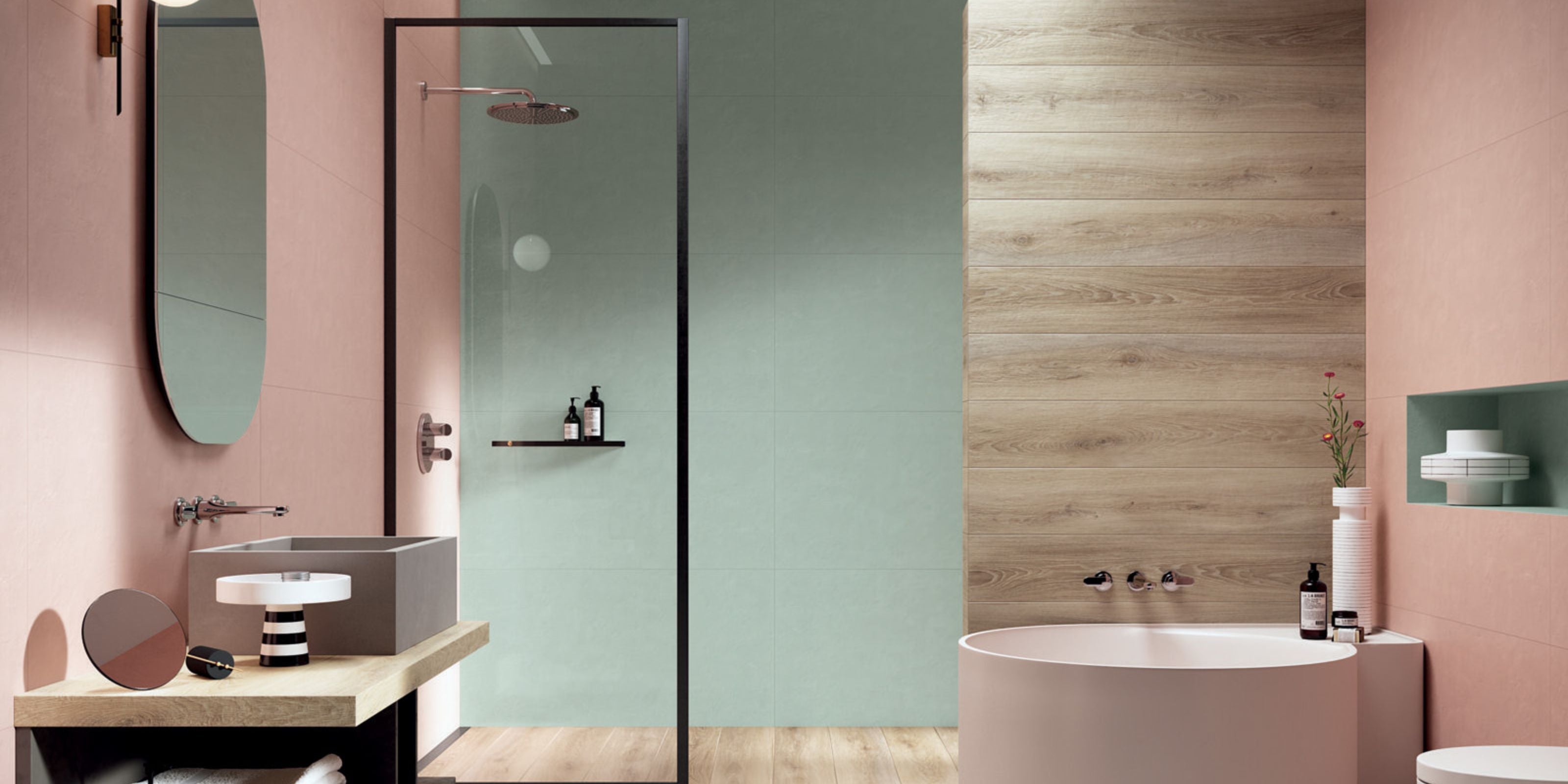
Choosing the right colors and design elements is absolutely essential when it comes to creating a bathroom feature wall that not only stands out but also perfectly complements the overall style and atmosphere of your space. The colors and designs you select will set the tone for the entire bathroom, influencing everything from the mood to the perceived size and light of the room. Whether you're aiming for a serene retreat or a bold statement, thoughtful consideration of your palette and tile patterns can elevate your bathroom from ordinary to extraordinary. Here are some key considerations and ideas to inspire your design choices and help you make confident decisions.
Neutral Color Palettes for Timeless Elegance
Neutral tones such as crisp whites, soft greys, warm beiges, and gentle taupes provide a classic and incredibly versatile foundation for any bathroom feature wall. These shades create a calming, spa-like atmosphere that promotes relaxation and tranquility, making your bathroom feel like a peaceful sanctuary. Neutral colors are also highly adaptable, serving as a perfect backdrop for adding colorful accessories, lush green plants, or vibrant artwork, allowing you to easily refresh or update your bathroom’s look over time without the need to change the tiles themselves. Additionally, neutrals tend to age gracefully, ensuring your feature wall remains stylish and relevant for years to come, regardless of shifting trends.
Bold Colors for Dramatic Impact
If you want your bathroom feature wall to truly be a statement piece that grabs attention and adds personality, consider incorporating bold and rich colors like deep navy blues, lush emerald greens, or sophisticated charcoal greys. These striking hues bring energy and a sense of luxury to the space, especially in larger bathrooms where they can create a warm, inviting, and opulent ambiance. When using dark colors in smaller bathrooms, it’s important to ensure there is ample natural or artificial lighting to prevent the room from feeling cramped or gloomy. The right lighting paired with bold colors can create a dramatic contrast that highlights textures and patterns, adding depth and dimension to your feature wall, turning it into a captivating focal point.
Harmonizing with Fixtures and Cabinetry
To achieve a truly cohesive and well-balanced look, it’s important to carefully match your feature wall tiles with the existing bathroom fixtures, cabinetry, and other design elements. Warm undertones in tiles, such as soft browns and creamy hues, pair beautifully with cream, beige, or wooden cabinetry, creating a harmonious and inviting environment. Conversely, cool undertones in tiles, including shades of grey, blue, or even stainless steel finishes, complement modern fixtures and sleek cabinetry, enhancing a contemporary aesthetic. This thoughtful harmony helps tie the entire room together seamlessly, making your feature wall feel like a natural extension of the space rather than an isolated design element. The result is a bathroom that feels intentionally designed and visually pleasing from every angle.
The Role of Lighting in Color and Texture
Lighting plays a dramatic and often underestimated role in how colors and textures appear throughout the day in your bathroom. Natural light reveals the true and subtle colors of your tiles, bringing out their finest details and enhancing the beauty of different finishes, whether matt, gloss, or textured. Artificial lighting, including cool white or warm yellow bulbs, can change the mood of the room entirely, emphasizing different aspects of the feature wall depending on the time of day and lighting placement. Accent lighting such as strategically placed spotlights, wall sconces, or mirror lights can highlight the texture and intricate patterns of your tiles, creating an inviting and cozy evening ambiance that transforms your bathroom into a luxurious retreat. Considering lighting early in your design process ensures your feature wall looks stunning in all conditions.
Creating Flow with Repeated Colors and Materials
To avoid visual dissonance and create a harmonious design throughout your bathroom, it’s a great idea to repeat colors or materials from your feature wall subtly in other parts of the space. This can be achieved by matching floor tiles, choosing accessories like towels and soap dishes in complementary shades, or even incorporating paint colors that echo the tones of your feature wall. Repetition creates a sense of flow and balance, making the overall design feel intentional, cohesive, and well thought out without becoming overwhelming or monotonous. This technique helps unify the space, drawing the eye naturally around the room and enhancing the impact of your carefully chosen feature wall tiles.
Shopping Guide and Expert Support
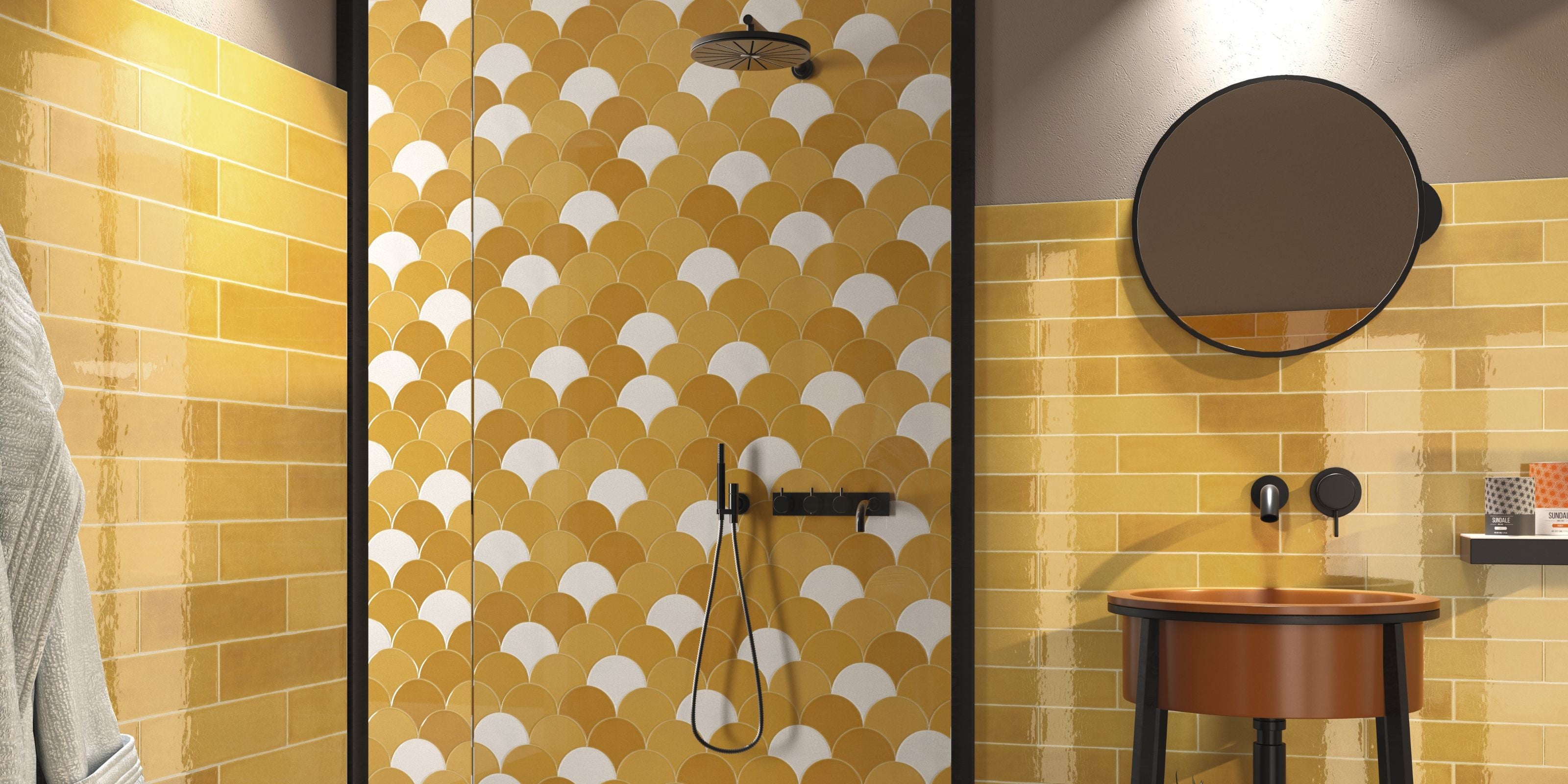
Ordering free tile samples was a game changer. Seeing tiles in the bathroom’s light helps avoid costly mistakes. At Tile Outlet, three free cut samples are offered on most indoor tiles.
Measuring carefully and accounting for waste based on tile size and pattern complexity ensures the right amount is ordered.
Tile Outlet also offers free UK delivery on orders over £500, and scheduled delivery helps plan installation timing.
Tile Outlet's 100 day return policies provides peace of mind, knowing protection is available if there are any breakages or if anything goes wrong.
At Tile Outlet we have tiles to suit any aesthetic, we offer ranges of extra large, large, medium and small rectangular bathroom, hallway and kitchen tiles with a rustic charm or a modern sleekness.
FAQ
How much tile do I need for a bathroom feature wall? Measure your wall’s square meters and add 10% for cuts and waste. For complex patterns or large tiles, 15% extra is safer. For example, a 1.5m x 2m vanity wall needs about 3.3m² including waste.
Can I install bathroom feature wall tiles over existing tiles? Yes, if the existing tiles are firmly attached and the surface is clean and level. Use primer and ensure the wall can support the weight. Keep in mind this adds thickness and may affect trims and fixtures. Professional advice helps here.
What’s the difference between ceramic and porcelain tiles for bathroom feature walls? Porcelain is denser, less porous, and more water-resistant than ceramic. It’s ideal for wet areas like showers. Ceramic is more affordable but still suitable for most bathrooms.
How do I choose grout color for my feature wall tiles? Light grout makes spaces feel larger and seamless; dark grout highlights tile shapes and patterns. Dark grout hides stains better but consider maintenance. Test grout samples on your tiles before deciding.
Are textured feature wall tiles harder to clean than smooth ones? Slightly, because dirt can settle in grooves. But regular cleaning with soft brushes keeps them looking great. The dramatic effect of textured tiles is often worth the extra effort.


